-

Because everyone loves a hot hatch
© RenaultWho doesn’t love a hot hatchback? Even the wealthiest of car enthusiasts will have one tucked away in their garage, if only to use while their supercar is in for a service. Or perhaps to collect the morning papers.
Today, the hot hatch is more popular – and indeed, more powerful – than ever. So settle back into your sports seat and put on your red seatbelt as we guide you through the history of these practical performance cars. Beware of torque steer…
-
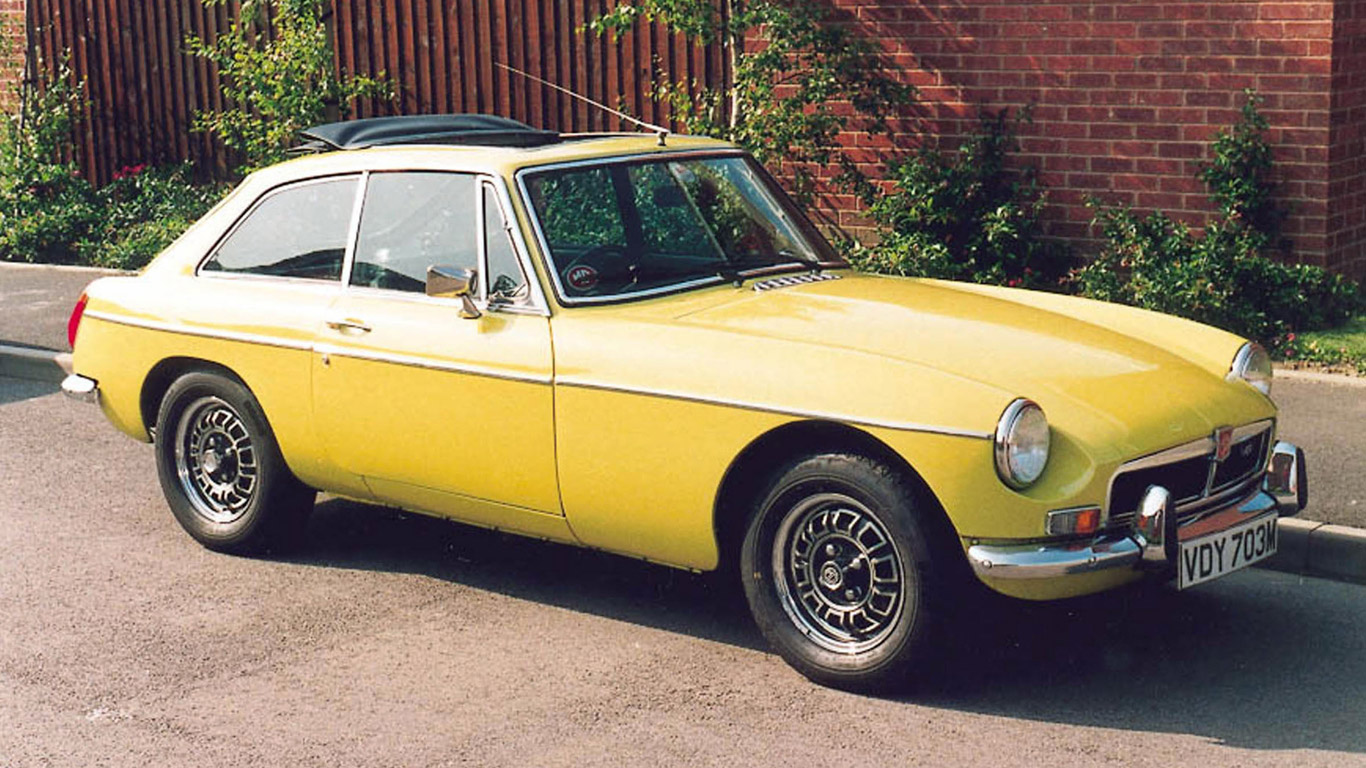
Life before the hot hatch
© MGThe term ‘hot hatchback’ was first used in the early 1980s. It’s used to denote a high-performance derivative of a standard hatchback, which more often than not will be front-wheel drive. Before the hot hatch, keen drivers got their kicks in other ways, with cars like the MGB and Ford Capri. In fact, the hot hatch is credited (or discredited) with causing the decline in popularity of such cars.
-
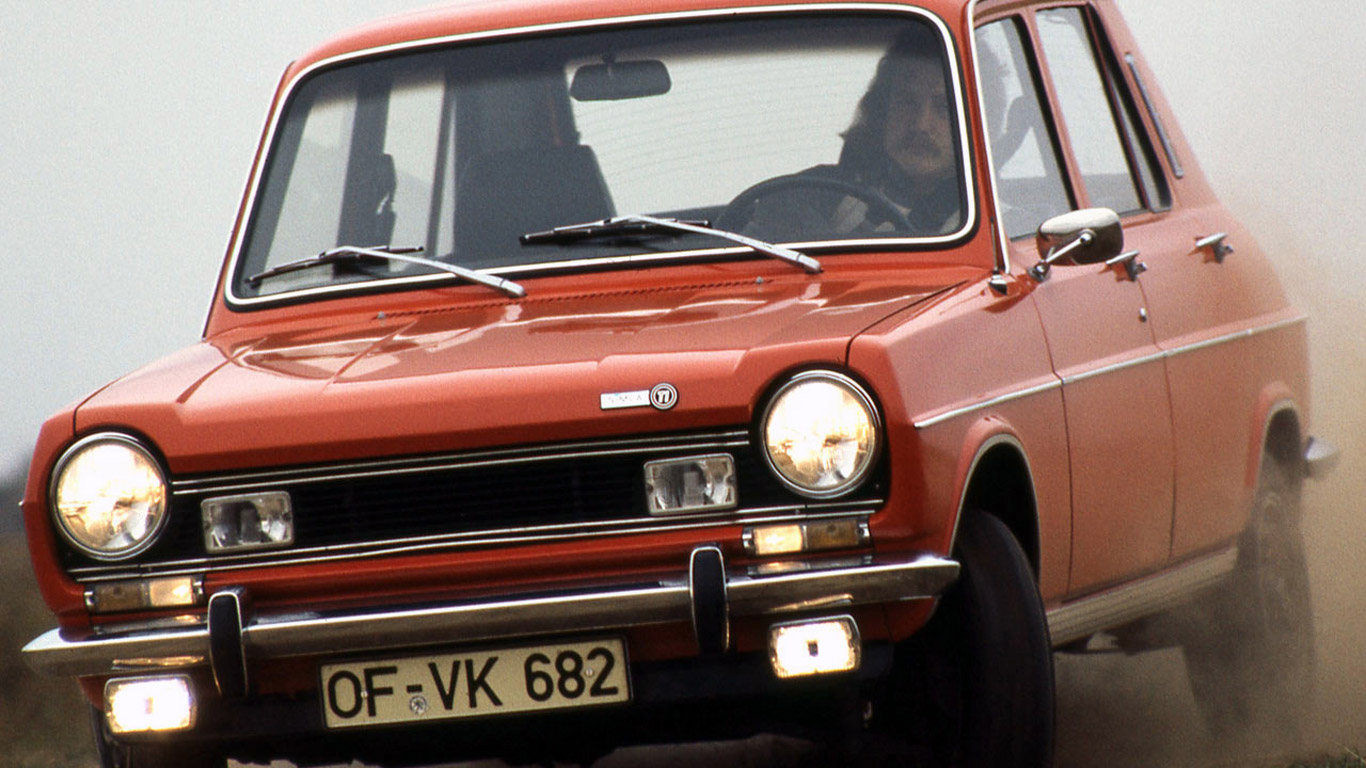
Forerunners to the hot hatch: Simca 1100 TI
© SimcaIn the same way there was a football league before the Premier League, there were hot hatches before the term was used. In our book, a hot hatch should be lightweight, affordable, practical and a heck of a lot of fun to drive. So step forward the Simca 1100 TI. The 1.3-litre tearaway hails from 1974, a full 10 years before the term ‘hot hatch’ appeared in the motoring press.
-
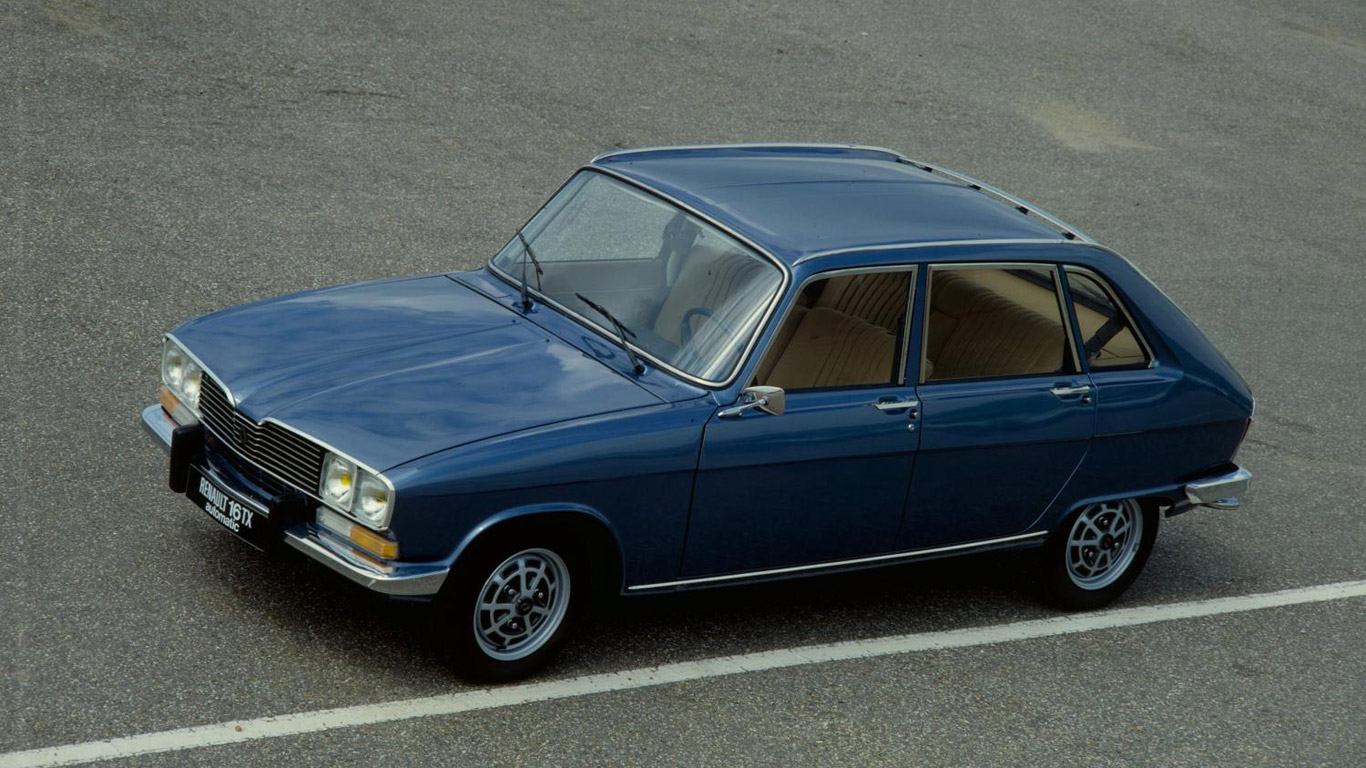
Forerunners to the hot hatch: Renault 16 TX
© RenaultYes, the Renault 16 was a large family vehicle, but the TX version set the tone for future performance cars from Renault. It included all the ingredients required for a practical and enjoyable front-wheel-drive hatchback.
-
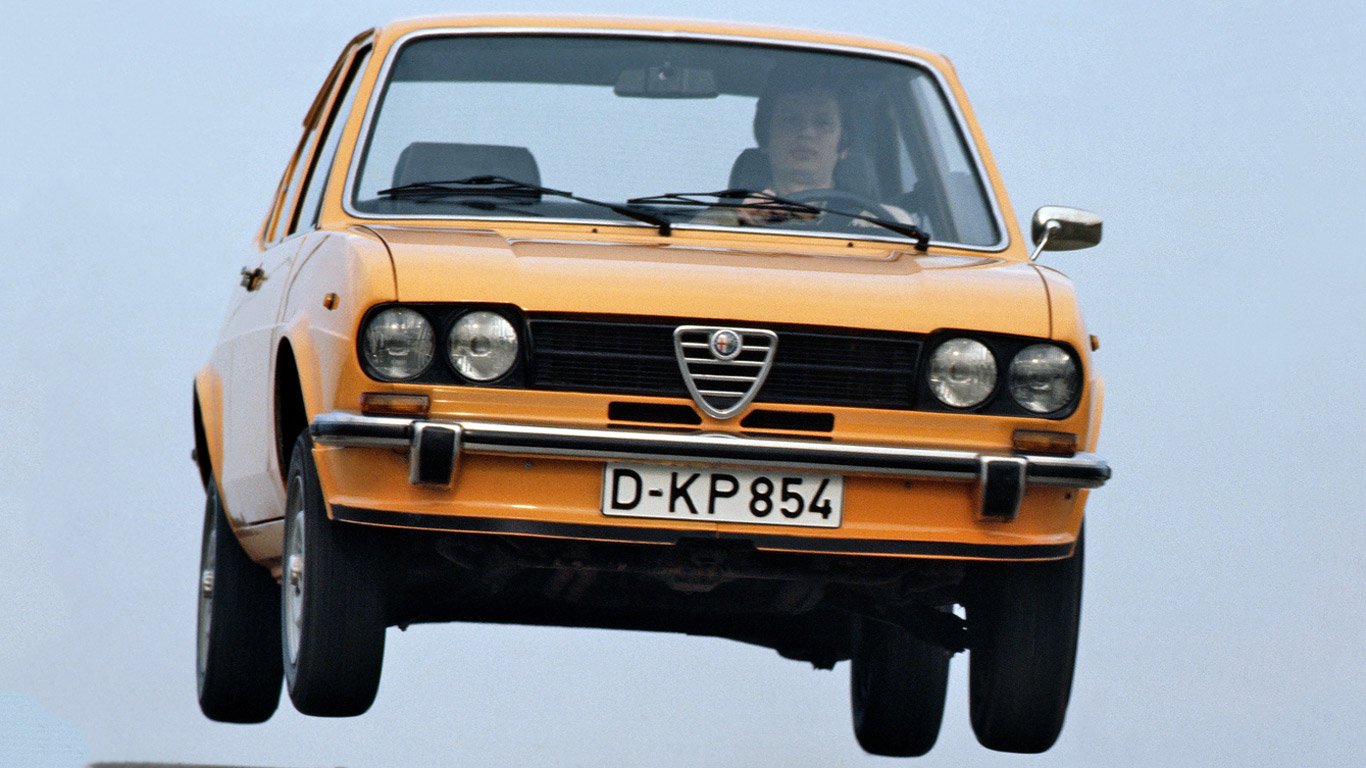
Forerunners to the hot hatch: Alfa Romeo Alfasud
© Alfa RomeoThe Alfa Romeo Alfasud changed the rules. With the sweet-handling Sud, Alfa Romeo showed the world what a front-wheel-drive, front-engined car could feel like. Just about every hot hatch should thank the Alfasud for its existence.
-
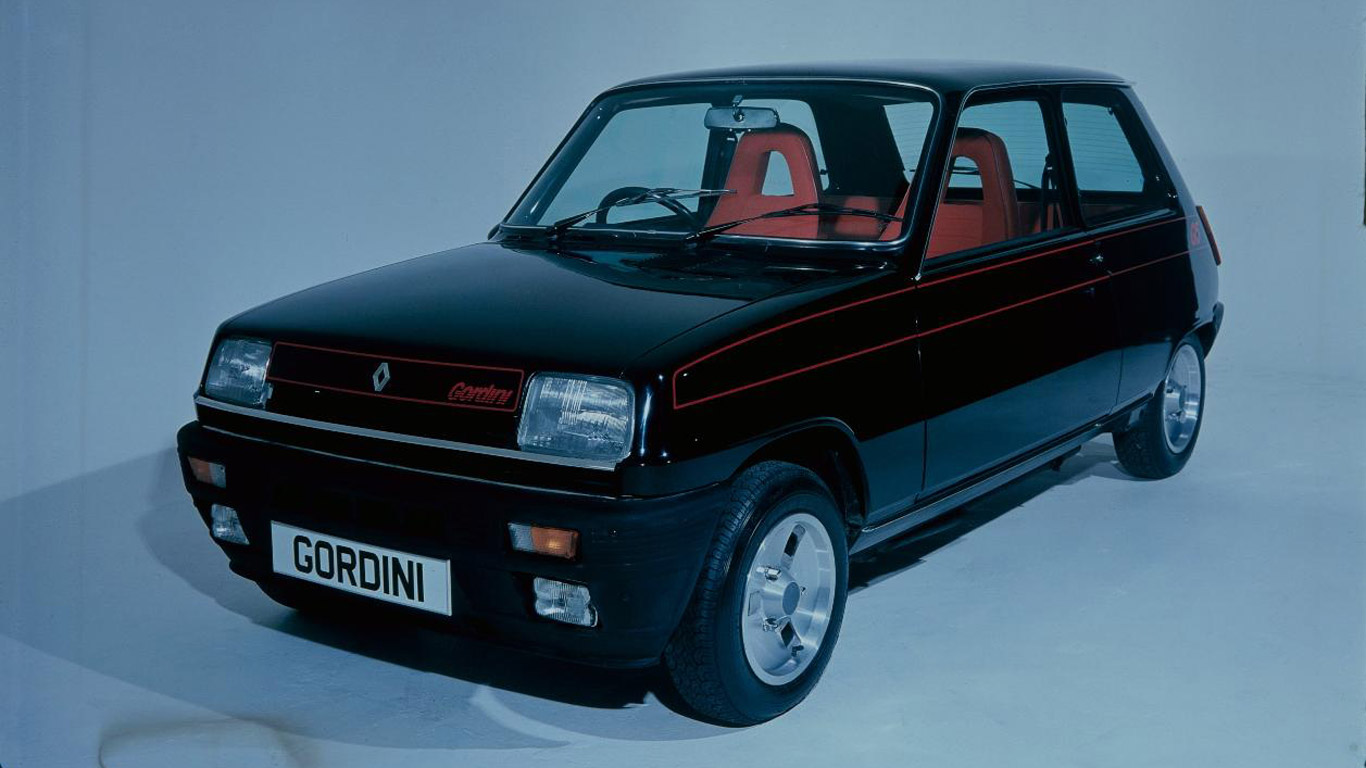
Forerunners to the hot hatch: Renault 5 Gordini
© RenaultThe Renault 5 Gordini – or Alpine in the rest of Europe – went into production in 1976, the same year as the Mk1 Golf GTI. Like the Golf, it also wasn’t available in right-hand-drive form until 1979. Fragile, super-quick and a bit of a handful, the 5 Gordini had the makings of a hot hatch. It just didn’t know it yet.
-
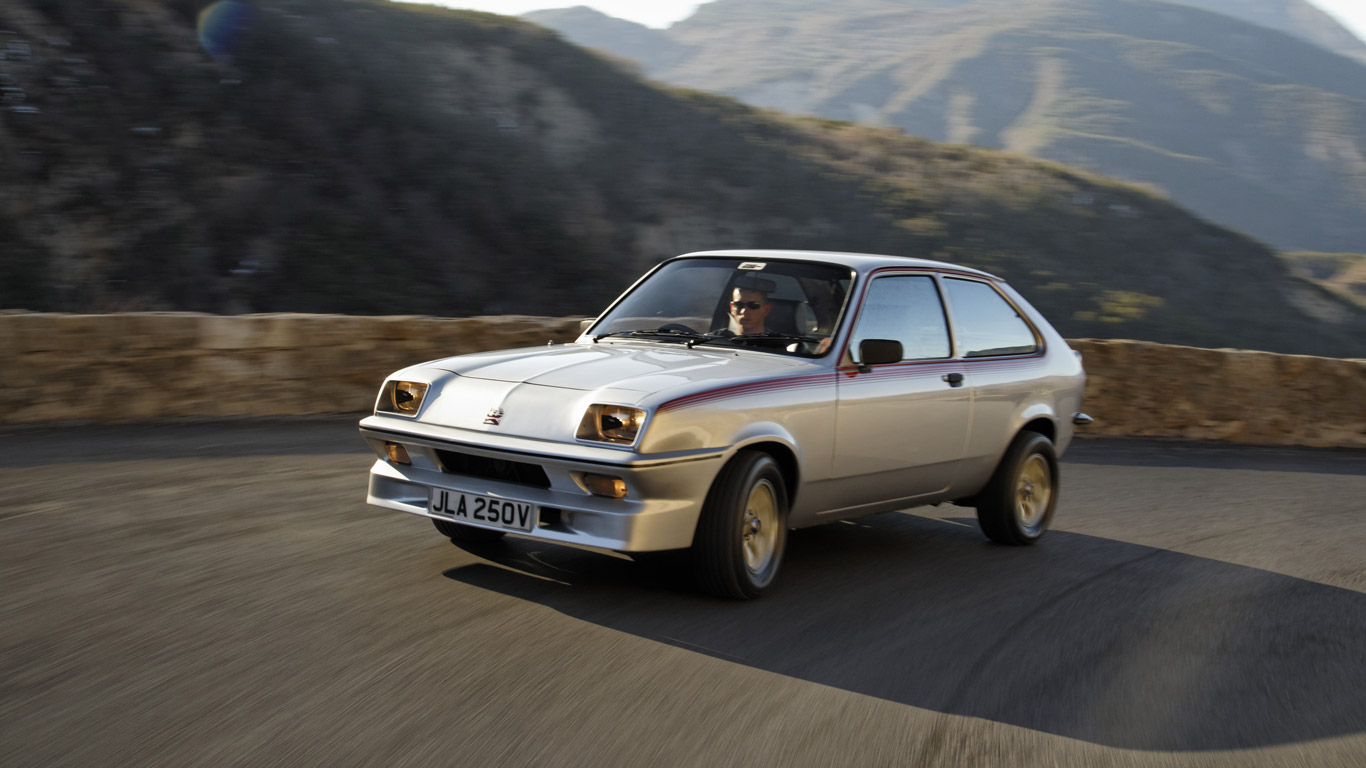
Forerunners to the hot hatch: Vauxhall Chevette HS
© VauxhallBefore the really-rather-good Mk1 and Mk2 Astra GTE, there was this: the quite sublime Vauxhall Chevette HS. Admittedly, its rear-wheel-drive chassis puts it at odds with our definition of a hot hatch, but with go-faster stripes, a bodykit, a tartan interior and brutish performance, it whet our collective appetites for hot versions of our family favourites.
-
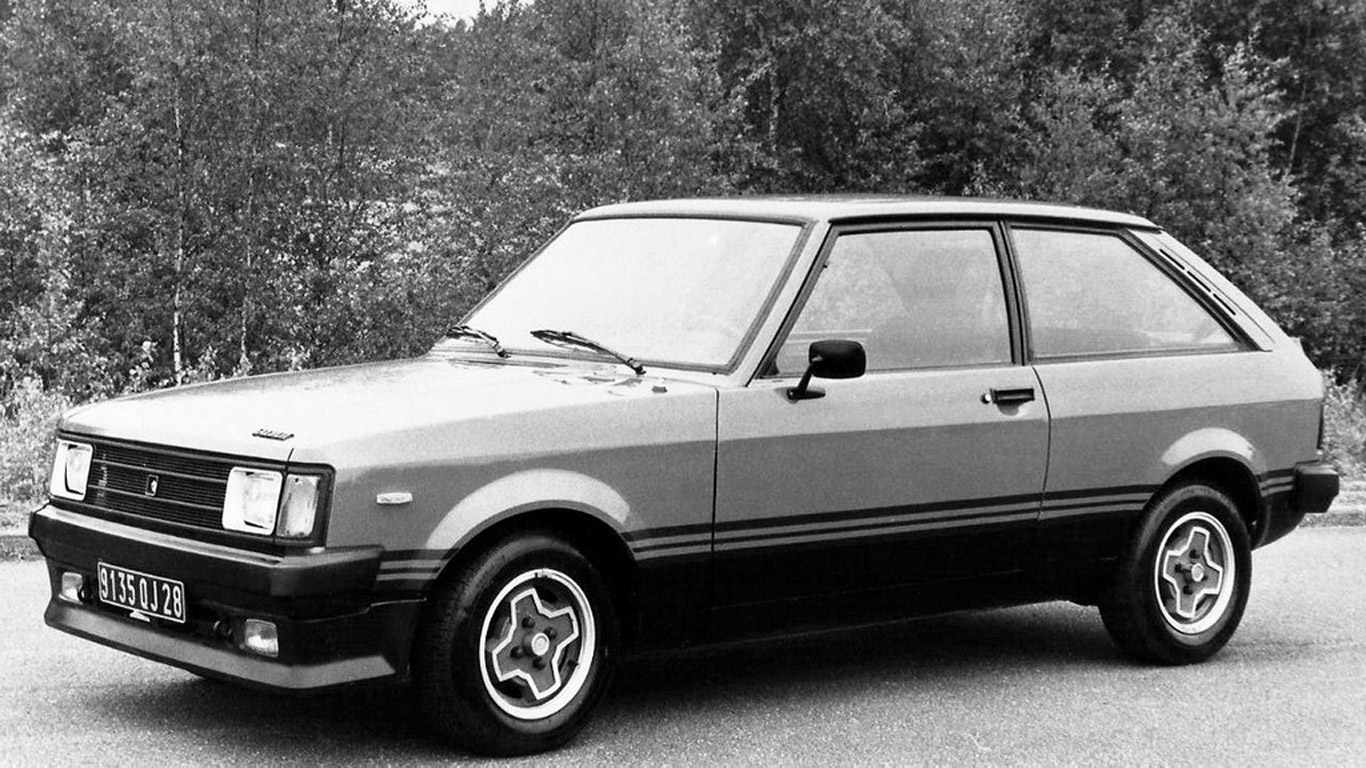
Forerunners to the hot hatch: Chrysler Sunbeam TI
© ChryslerThe Chrysler Sunbeam TI is the absolute definition of a hot hatch. Take one dull and mediocre small hatchback, give it a 1.6-litre engine and a pair of Weber carburettors and hey presto: a properly fun car. It even looked better than the super-desirable Sunbeam-Lotus. Sorry, Lotus fans.
-
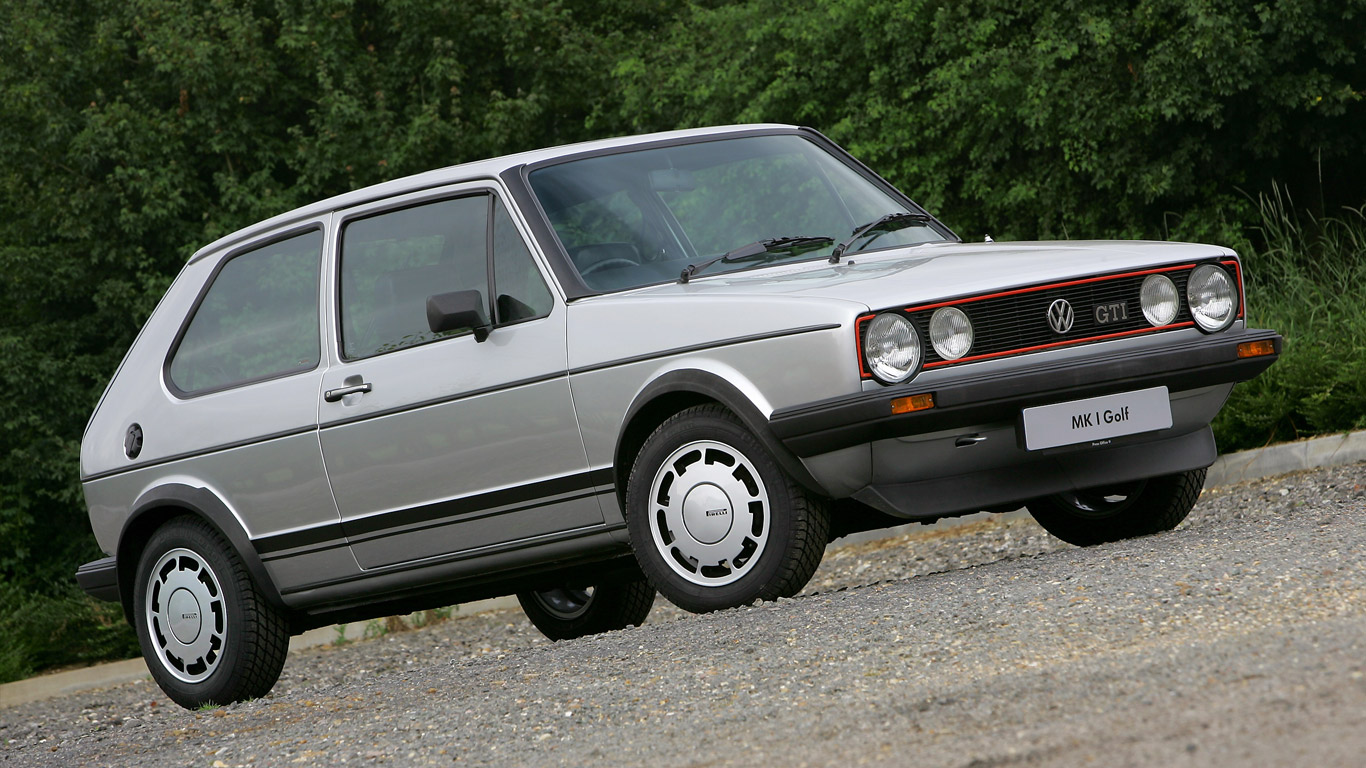
Mk1 Volkswagen Golf GTI
© VWAnd so to this: the car that’s credited with kick-starting the hot hatch craze. The Mk1 Volkswagen Golf GTI was launched in 1976 and arrived in the UK three years later. The 1.6-litre engine from the Audi 80 GTE was slotted into the neat Giugiaro-penned body and a legend was born.
-
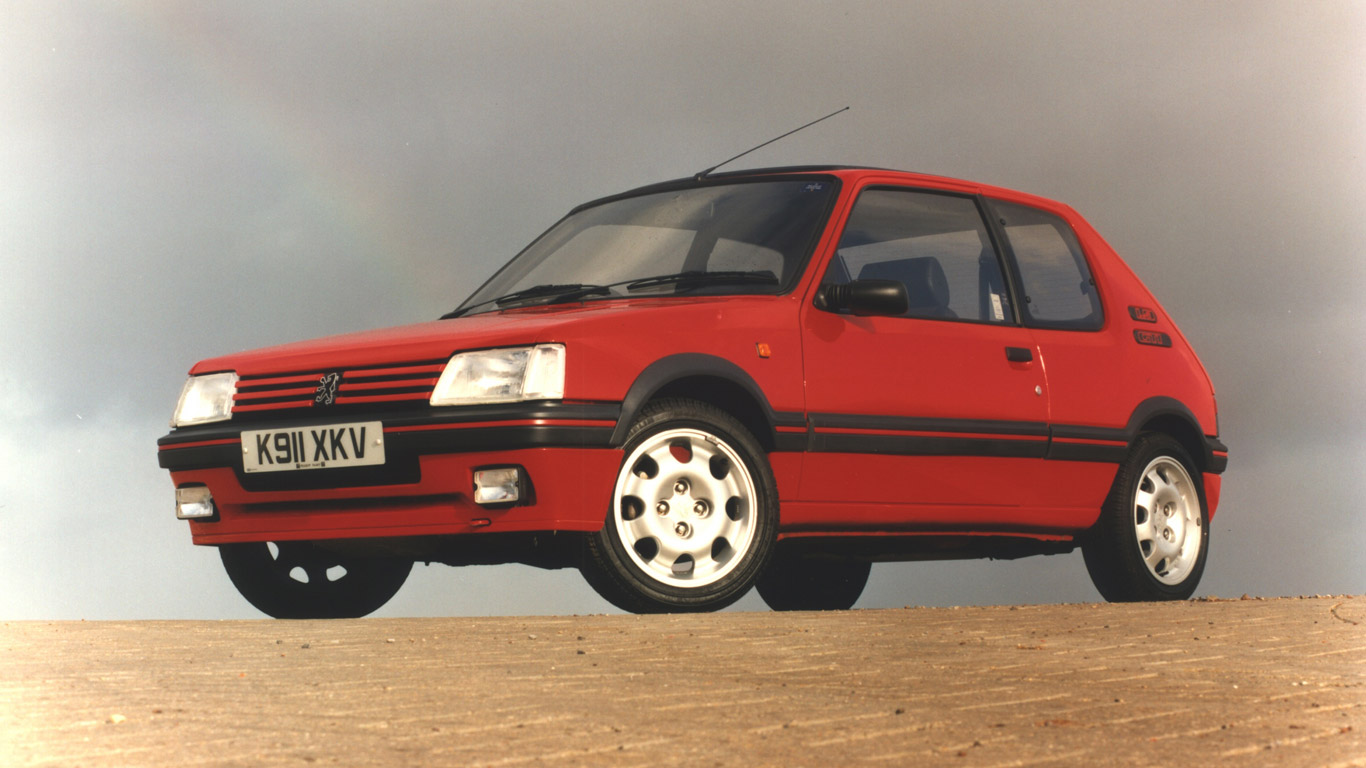
Peugeot 205 GTI
© PeugeotFor a while, the Golf GTI had things its own way, but all that changed in 1984 when Peugeot presented the world with the 205 GTI. Now the hot hatch sector was born, if only because we had a proper twin-test on our hands. The Golf GTI may have started things off, but the wonderful 205 GTI turned things a little French. And that was absolutely a good thing.
-
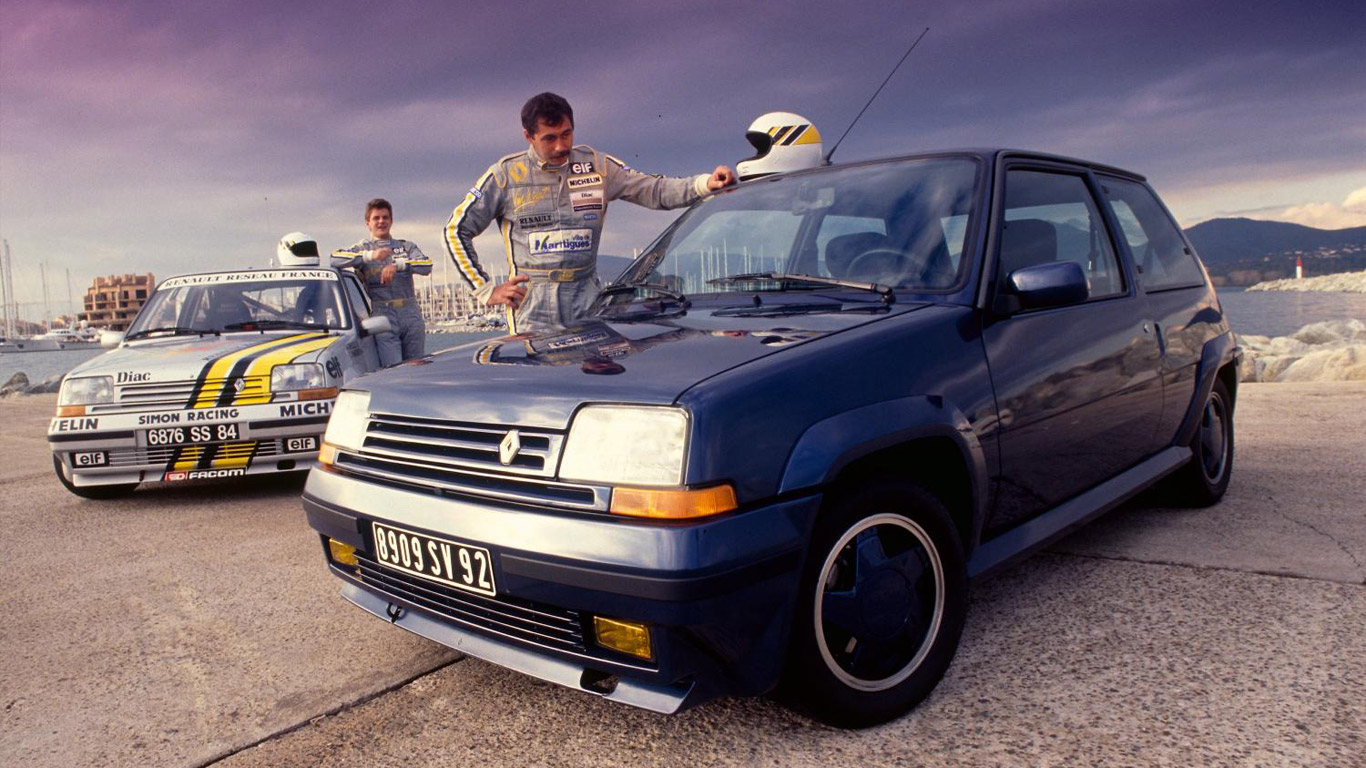
Renault 5 GT Turbo
© RenaultThe Renault 5 GT Turbo replaced the Gordini in 1984 and instantly went into battle with the 205 and Golf. It was quick, lightweight and a huge amount of fun. It was also rather fragile and – as many unsuspecting drivers found out – featured era-defining turbo-lag. Back in the day, many of these ended up in hedges.
-
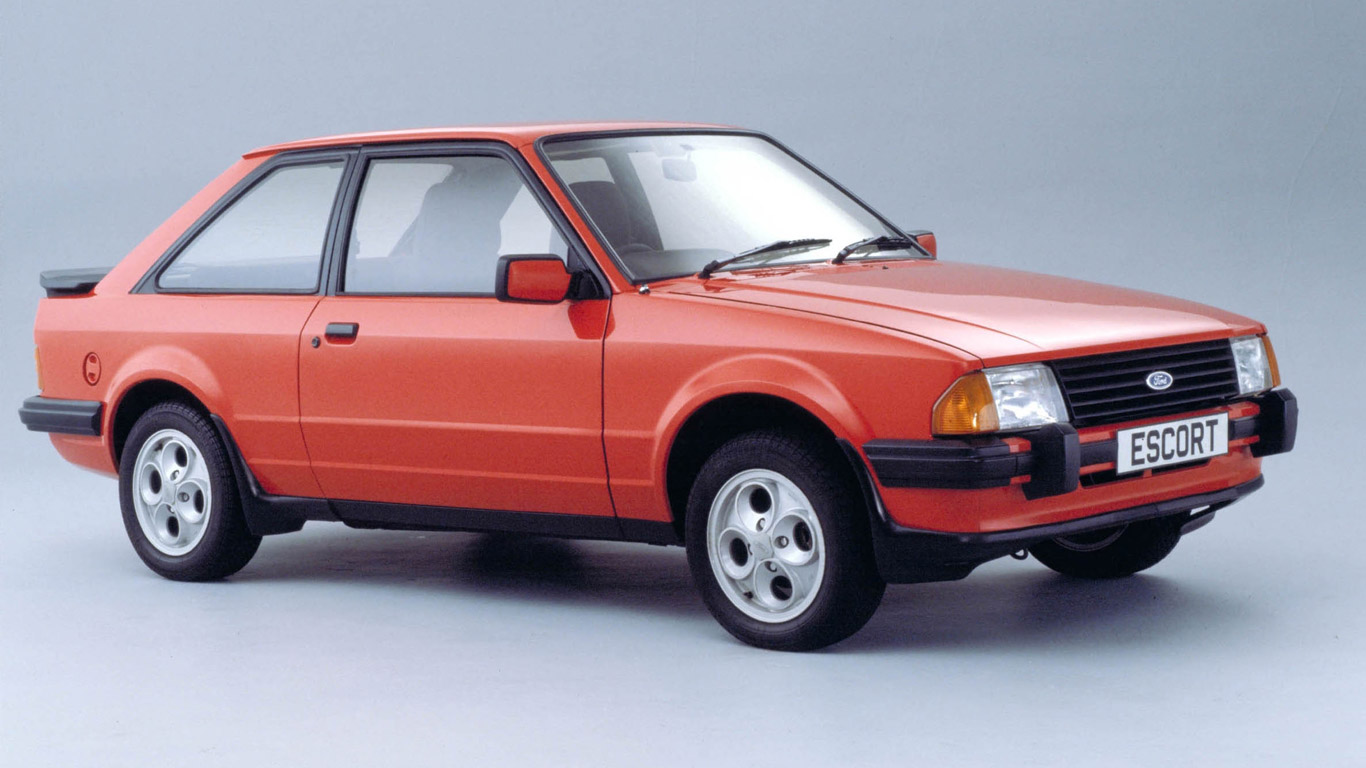
Ford Escort XR3
© FordThe Mk3 signalled the end of the rear-wheel-drive Escort, so the XR3 provided the perfect platform for a hot hatch. What it lacked in finesse, it more than made up for in theatre and 1980s excess. And just look at those 14-inch ‘cloverleaf’ alloys. Admit it, you want an Escort XR3…
-
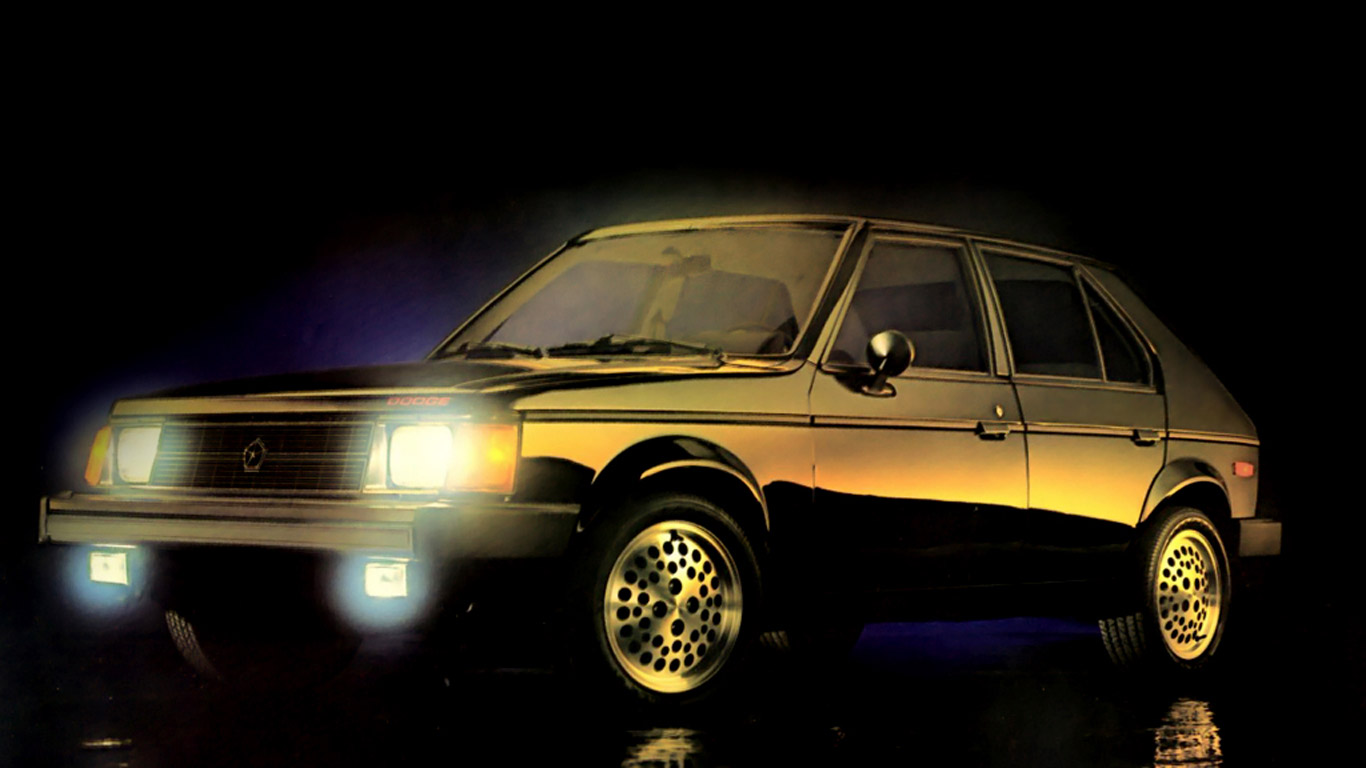
Dodge Omni GLH
© DodgeOf course, the hot hatch wasn’t only reserved for us Brits. Such cars may not be known as hot hatches across the pond, but the Dodge Omni GLH is a prime example of the sport compact sector. The best thing about it has to be its name. GLH stands for ‘Goes Like Hell’. It beats ‘GTI’ any day of the week
-
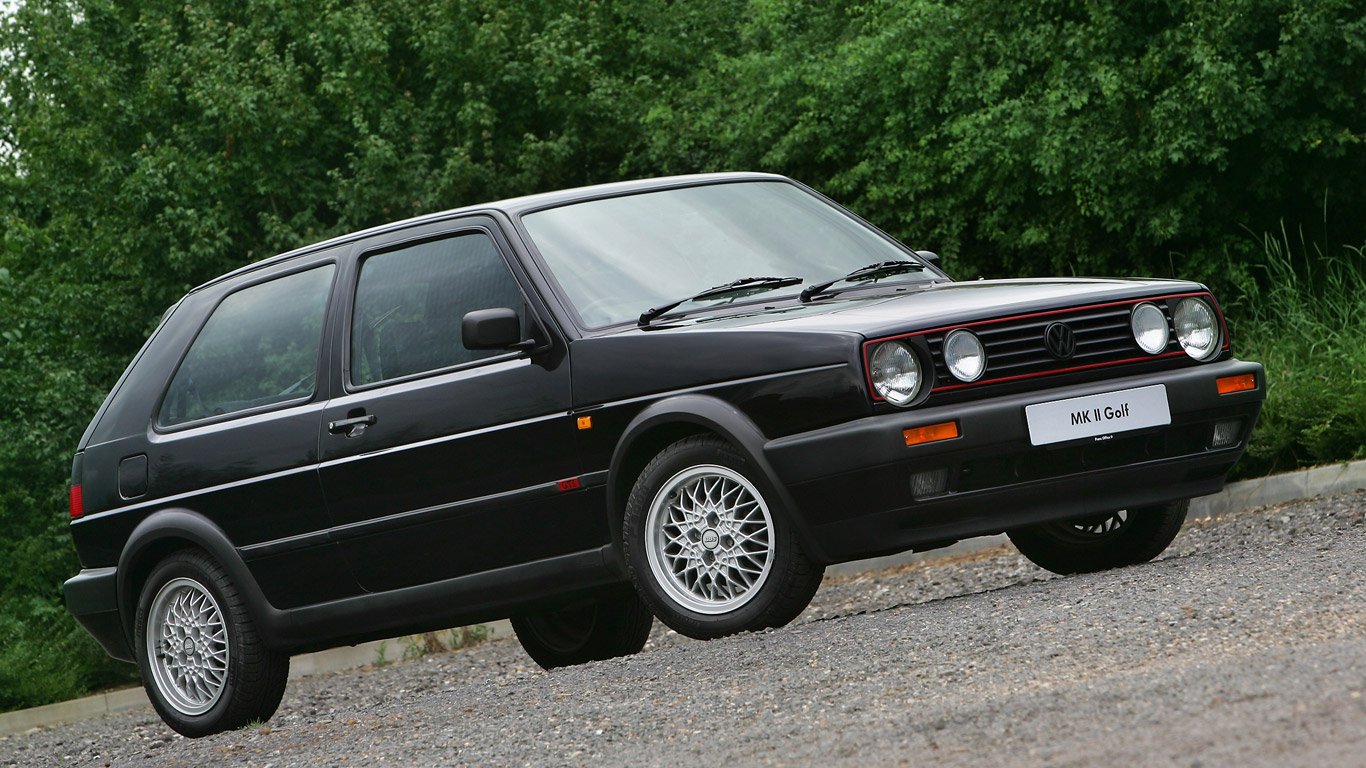
Mk2 Volkswagen Golf GTI
© VWThe Mk2 Volkswagen Golf GTI arrived in 1983, but it was the 16v of 1986 that captured the spirit of the original, adding some much-needed power to compensate for the extra weight. Thanks to a series of brilliant TV ads, it became the hot hatchback to have.
-
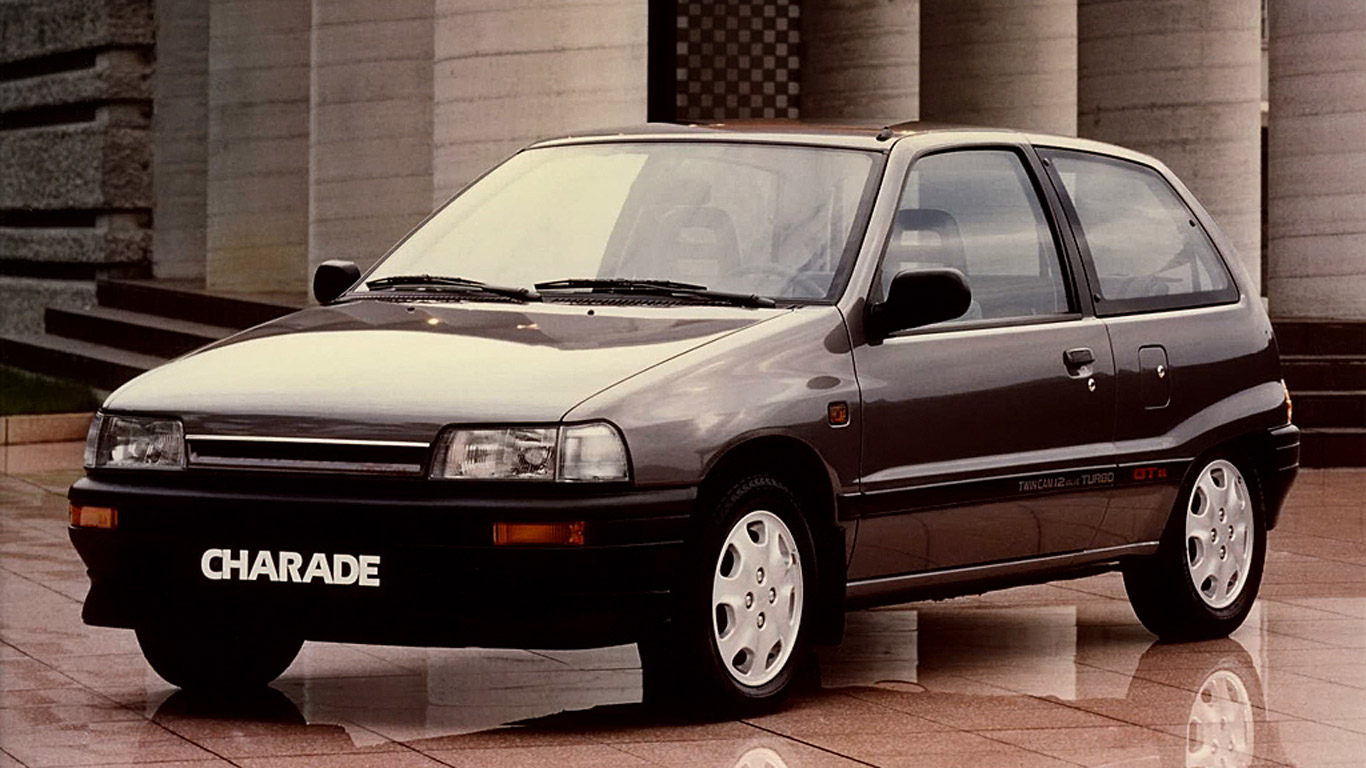
Daihatsu Charade GTti
© DaihatsuNot that Europeans had things entirely their own way. At the time, the Daihatsu Charade GTti – originally launched in 1987 – was the fastest 1.0-litre car in the world. Thanks to its three-cylinder turbocharged engine, the little Charade could sprint to 60mph in less than eight seconds, going on to reach a top speed of 115mph. Try finding one today.
-
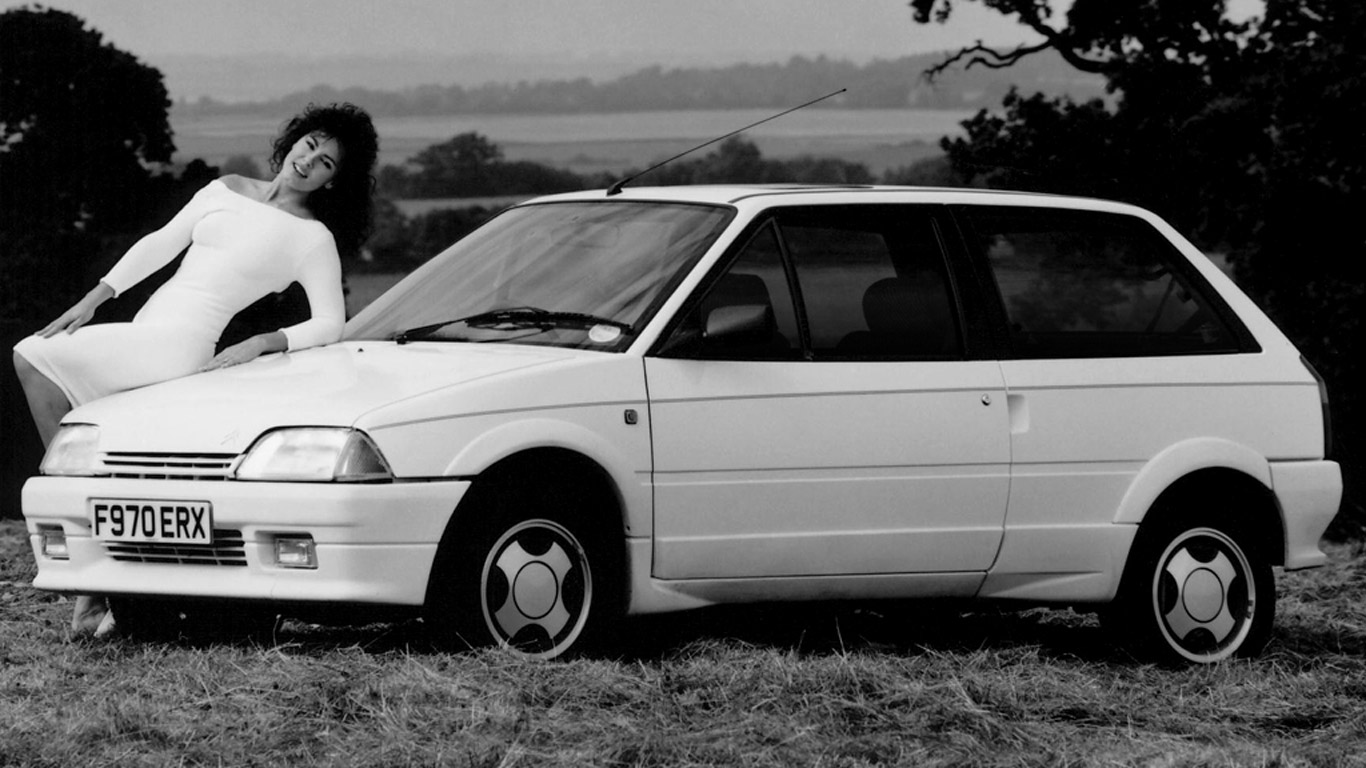
Citroen AX GT
© CitroenThe Citroen AX GT proves that you don’t need outright performance to have fun in a hatchback. Thanks to a body made from tin foil and old bottle tops, plus a 1.4-litre engine, the featherlight AX GT was a tiny tearaway. Today it’s finally getting the recognition it deserves and is standing on the cusp of classic status.
-
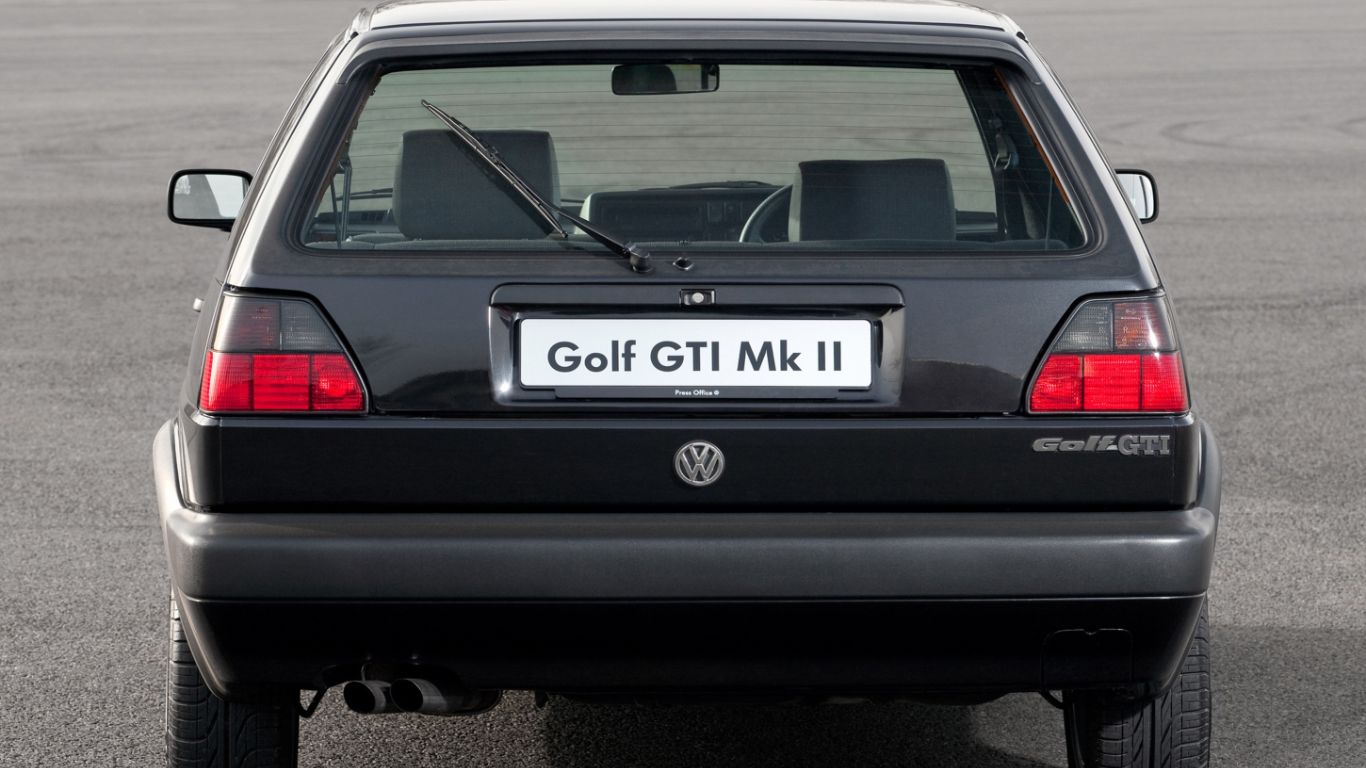
Death of the hot hatch
© VWLooking back at the greatest era of the hot hatch, it’s easy to forget the darker side of the genre. Many of these cars were easy to steal and owners would wake up to find their car had been ‘borrowed’ for joyriding exploits on the local housing estate. Insurance premiums rocketed and the shine was taken off the GTI badge.
-
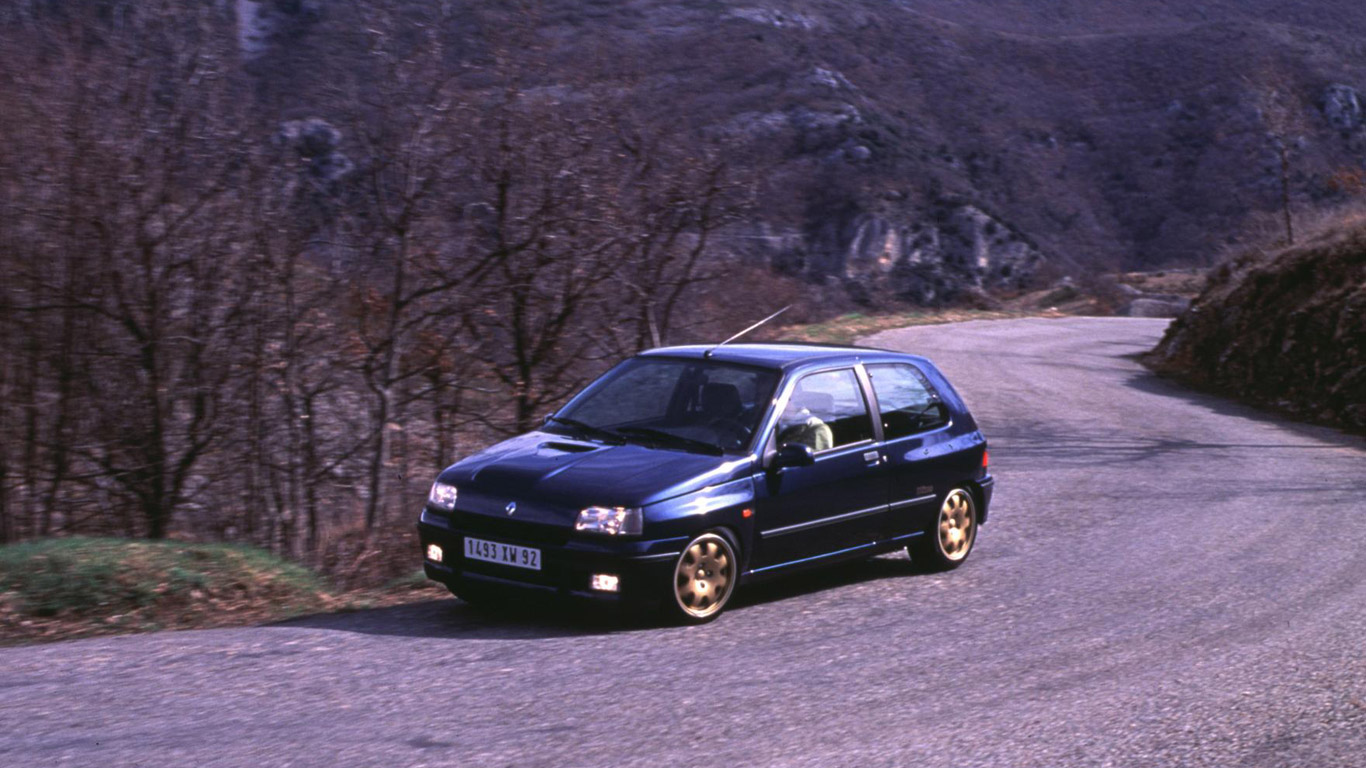
Renault Clio Williams
© RenaultIf the 205 GTI and Golf GTI defined the 1980s hot hatch, the brilliant Renault Clio Williams of 1993 could define the 1990s. And look, no GTI badge! A combination of a 2.0-litre engine, sublime handling and terrific poise cemented its reputation as one of the all-time greats. And it wore gold alloy wheels. Enough said.
-
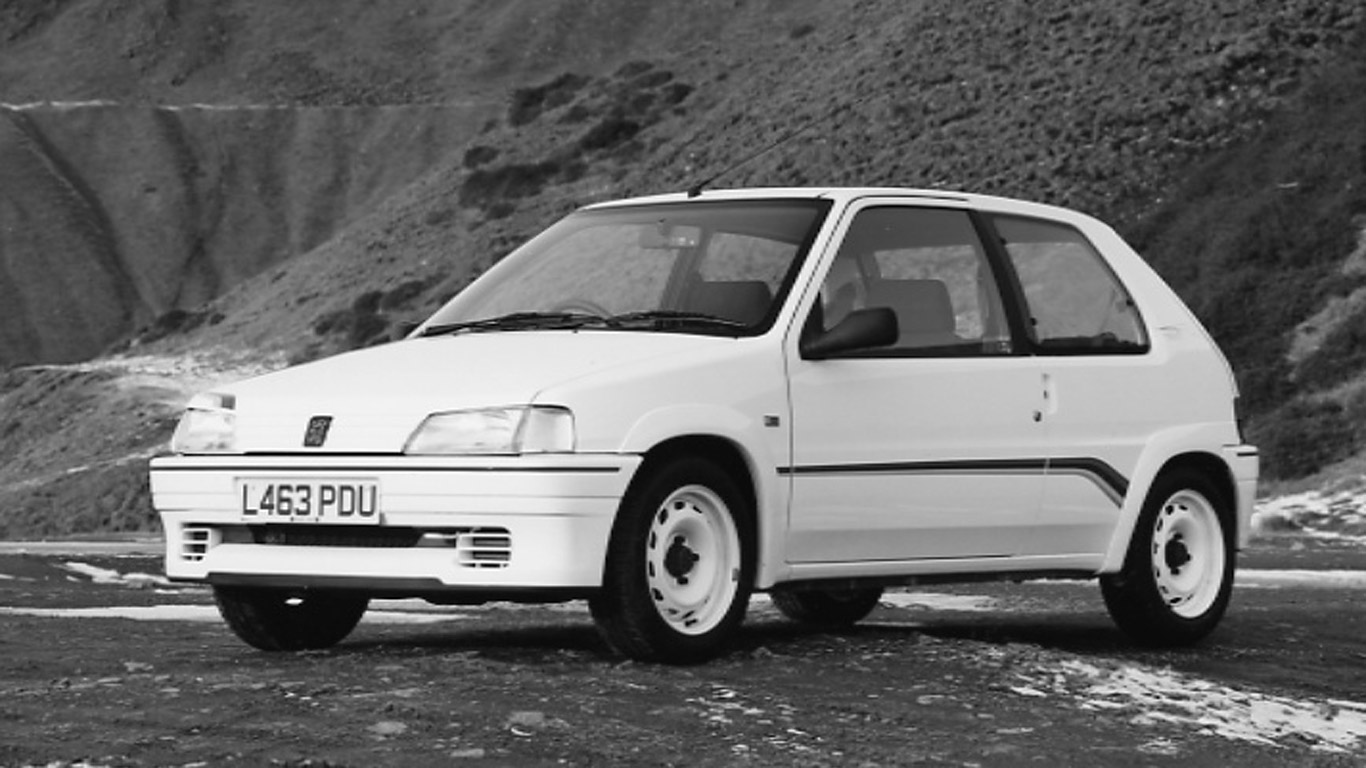
Peugeot 106 and 306 Rallye
© PeugeotFurther proof that you don’t need a GTI badge to create a hot hatch. The 106 and 306 Rallye swapped gadgets and weight in exchange for lightweight fun. When folk tell you Peugeot hasn’t built a great hot hatchback since the 205 GTI, point them politely in the direction of the 106 and 306 Rallye.
-
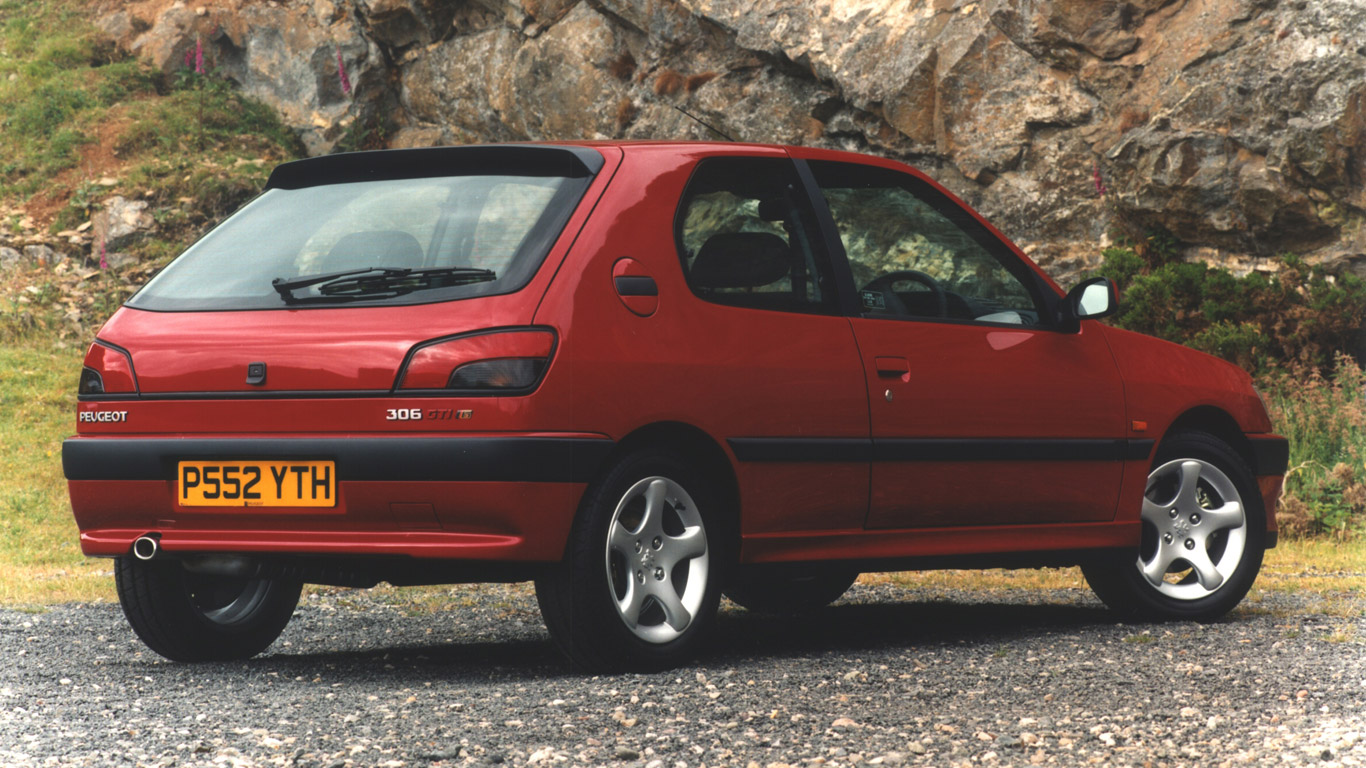
Peugeot 306 GTI-6
© PeugeotWhile you’re at it, show them the Peugeot 306 GTI-6 as well. It was hardly an extrovert, but the 306 was a fantastic looking car, so it didn’t matter.
-
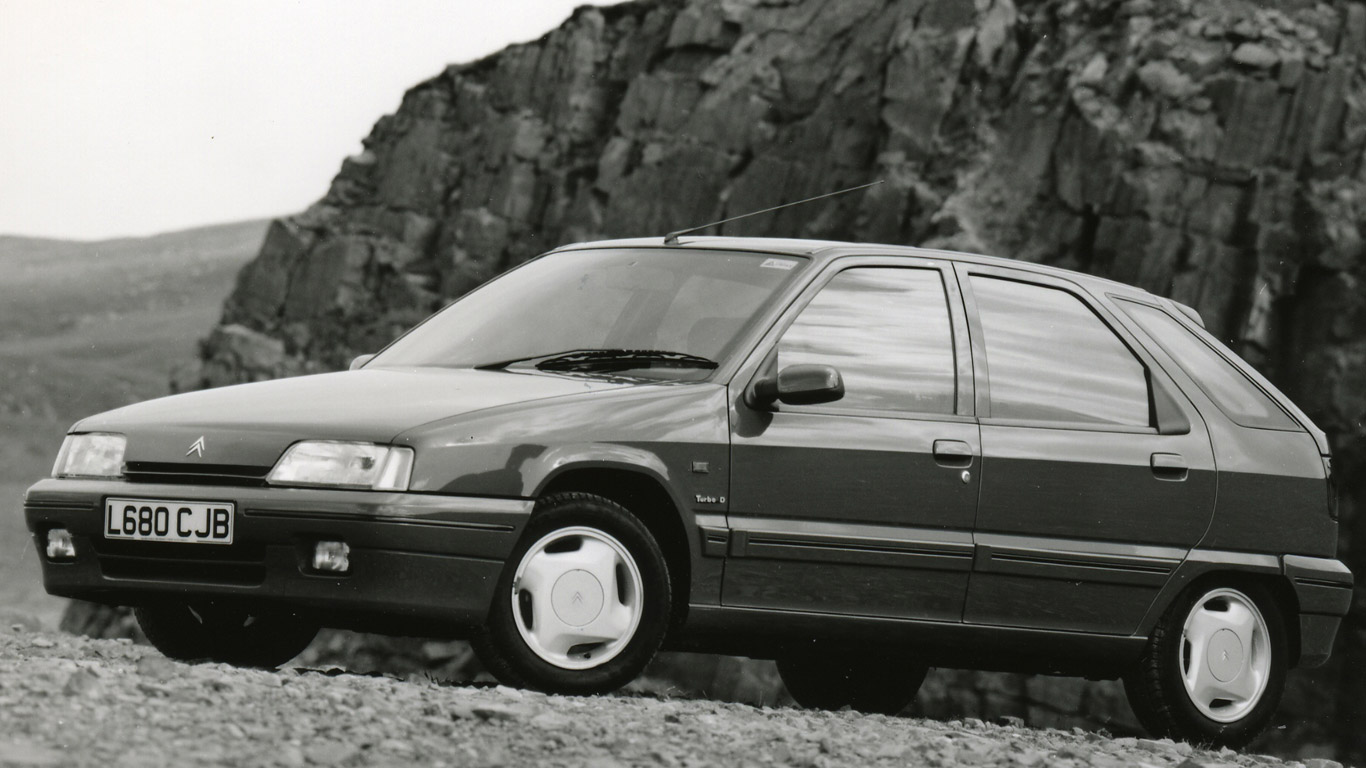
Citroen ZX Volcane
© CitroenThe 1990s also witnessed the birth of the diesel-engined hot hatch. The Citroen ZX Volcane could stake a strong claim as being the first of the breed. Properly quick and economical, it was like having your hot hatch cake and eating it.
-
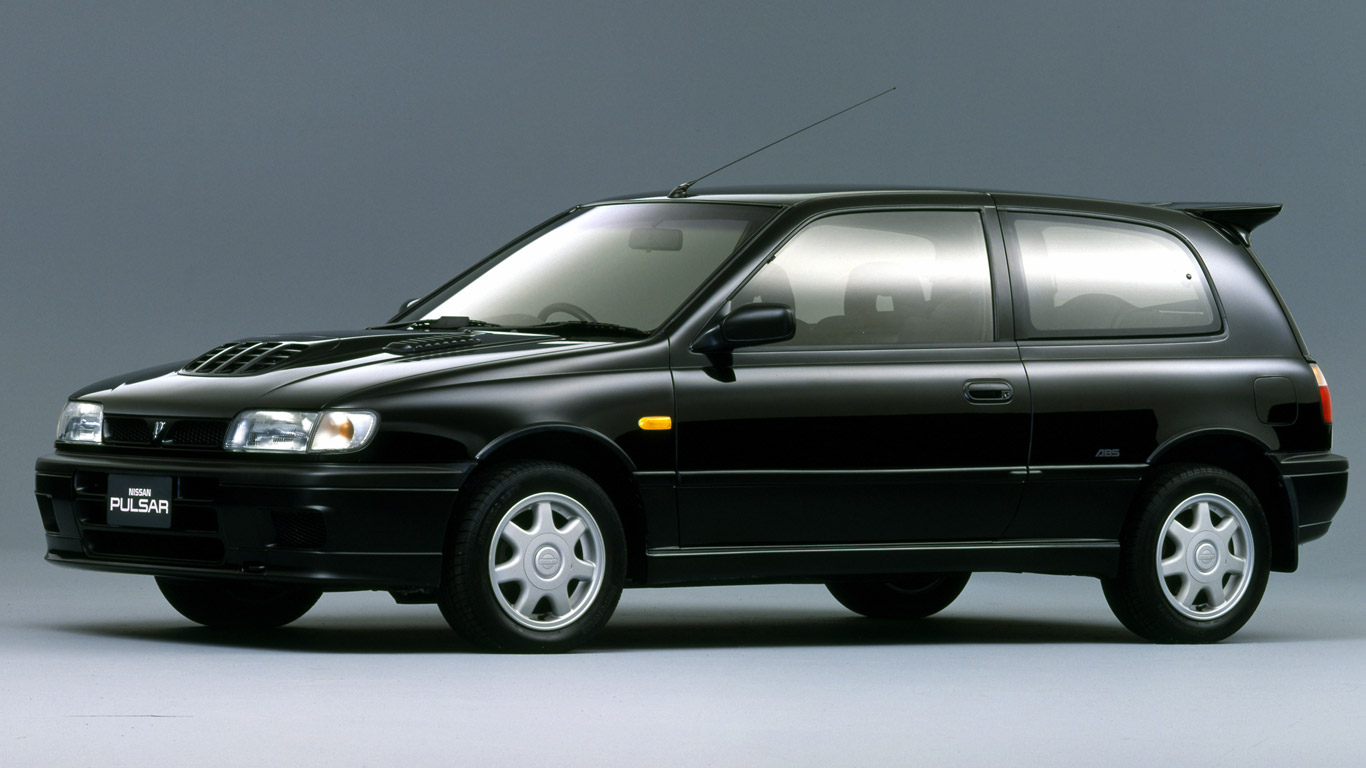
Nissan Sunny and Pulsar GTI-R
© NissanIf you notice folk getting all misty-eyed when you start talking about the new Nissan Pulsar, this is probably the reason why. It’s called the Pulsar GTI-R (or Sunny GTI-R) and is one of the best hot hatches ever to emerge from Japan. Just don’t mention the fact it was all-wheel drive. A hot hatch has to be front-driven, surely?
-
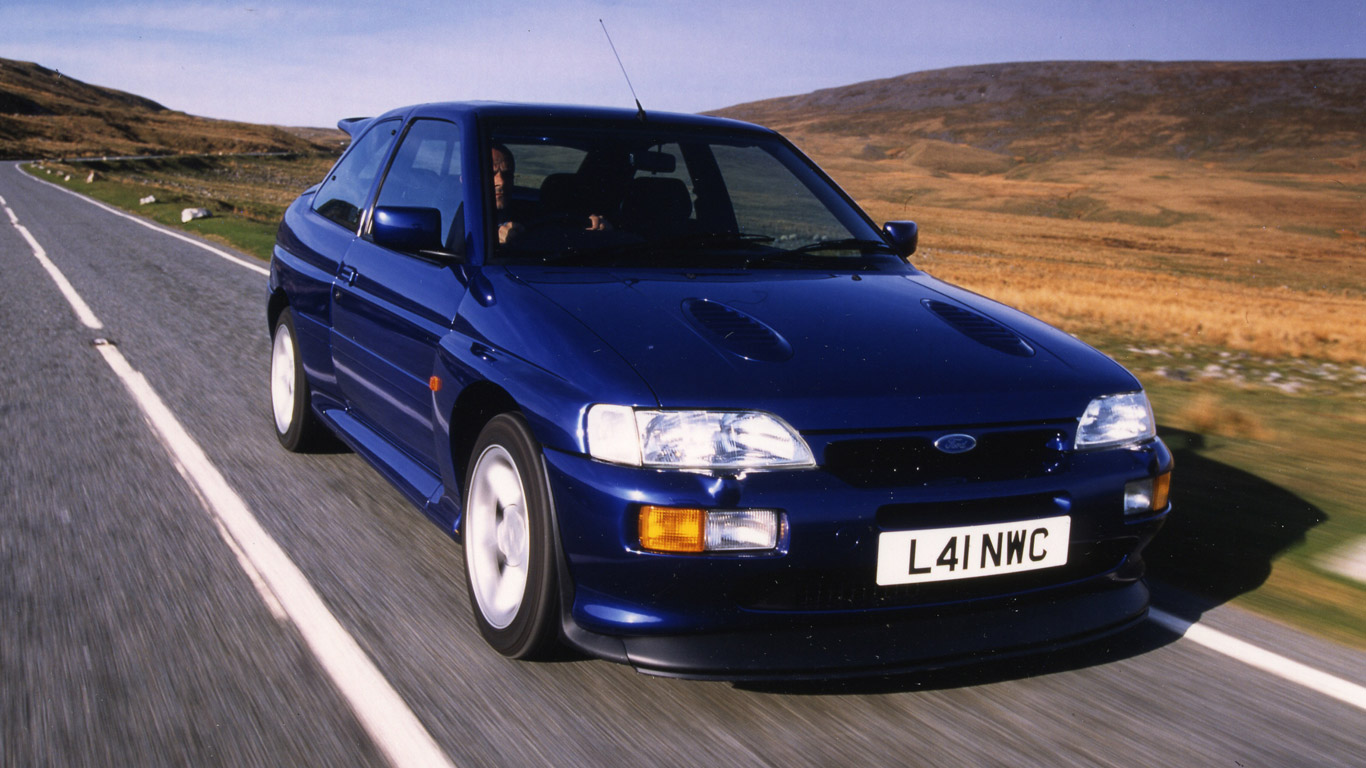
Ford Escort RS Cosworth
© FordWell if all-wheel drive is acceptable, we have to include one of the greatest performance cars of the 1990s. Underneath the Ford Escort RS Cosworth you’ll find a Sierra platform, but here was a car that took its success on world rally stages and presented it to the man on the street. That’s assuming he could afford the cost of insuring it.
-
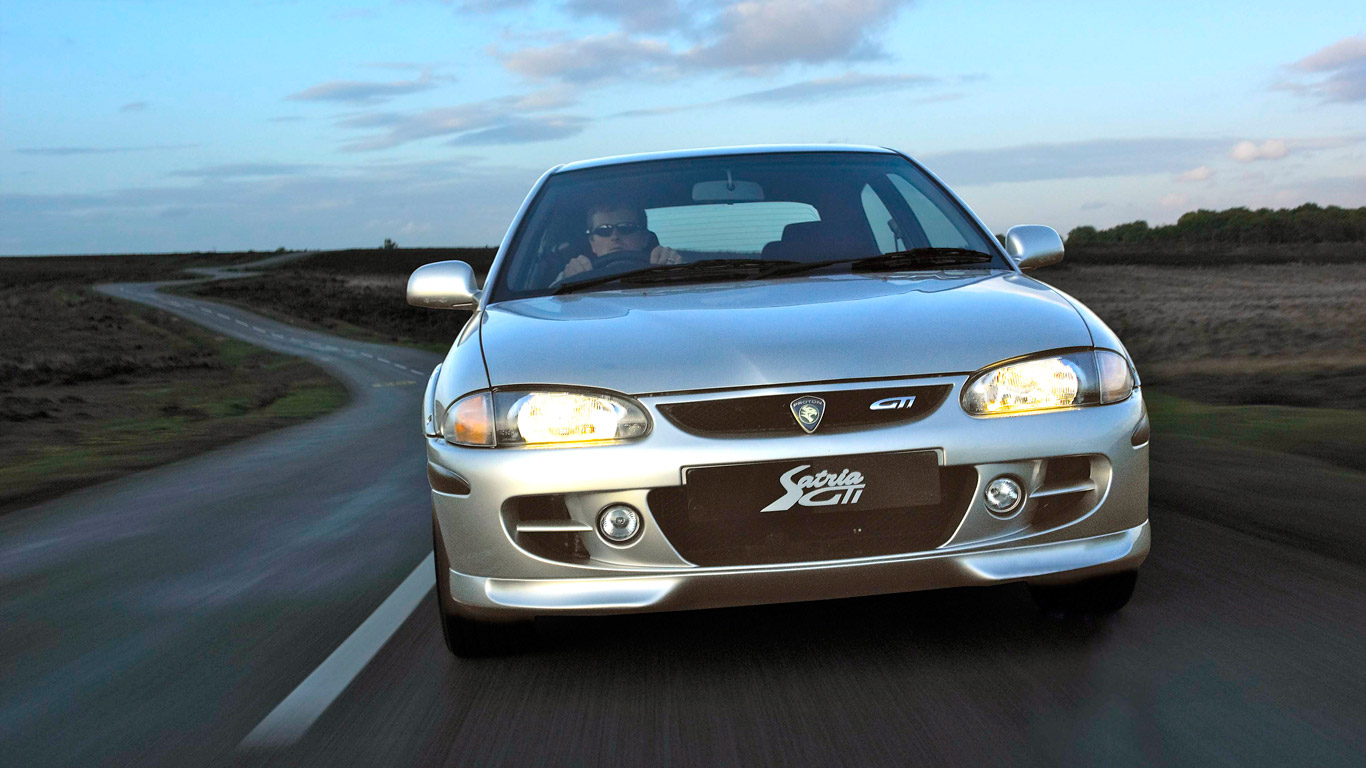
Proton Satria GTI
© ProtonThe Proton Satria GTI is a bit of a mongrel. It’s essentially a rebadged Proton Compact, which itself was a reworked Mitsubishi Colt, which was then transported to Hethel in order for Lotus to work its magic. The bodykit may be an acquired taste, but the Lotus-tuned ride and handling made it properly good to drive.
-
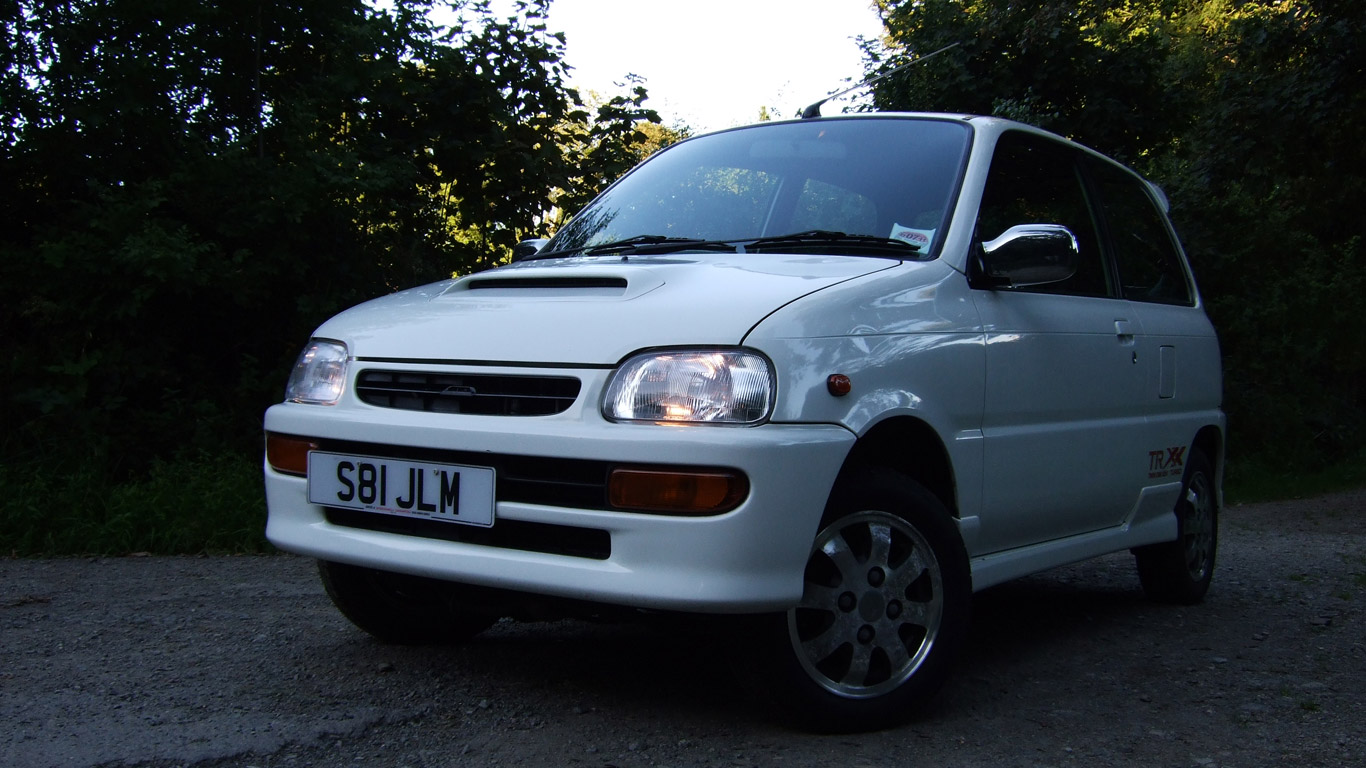
Daihatsu Cuore Avanzato TR-XX R4
© PetrolBlogAnd speaking of cars from the Far East, how about the diminutive Daihatsu Cuore Avanzato TR-XX R4? Only the Japanese would take a tiny kei car, then add all-wheel drive and a turbocharger. It’s as bonkers as it sounds and if you get a chance to drive one, you should.
-
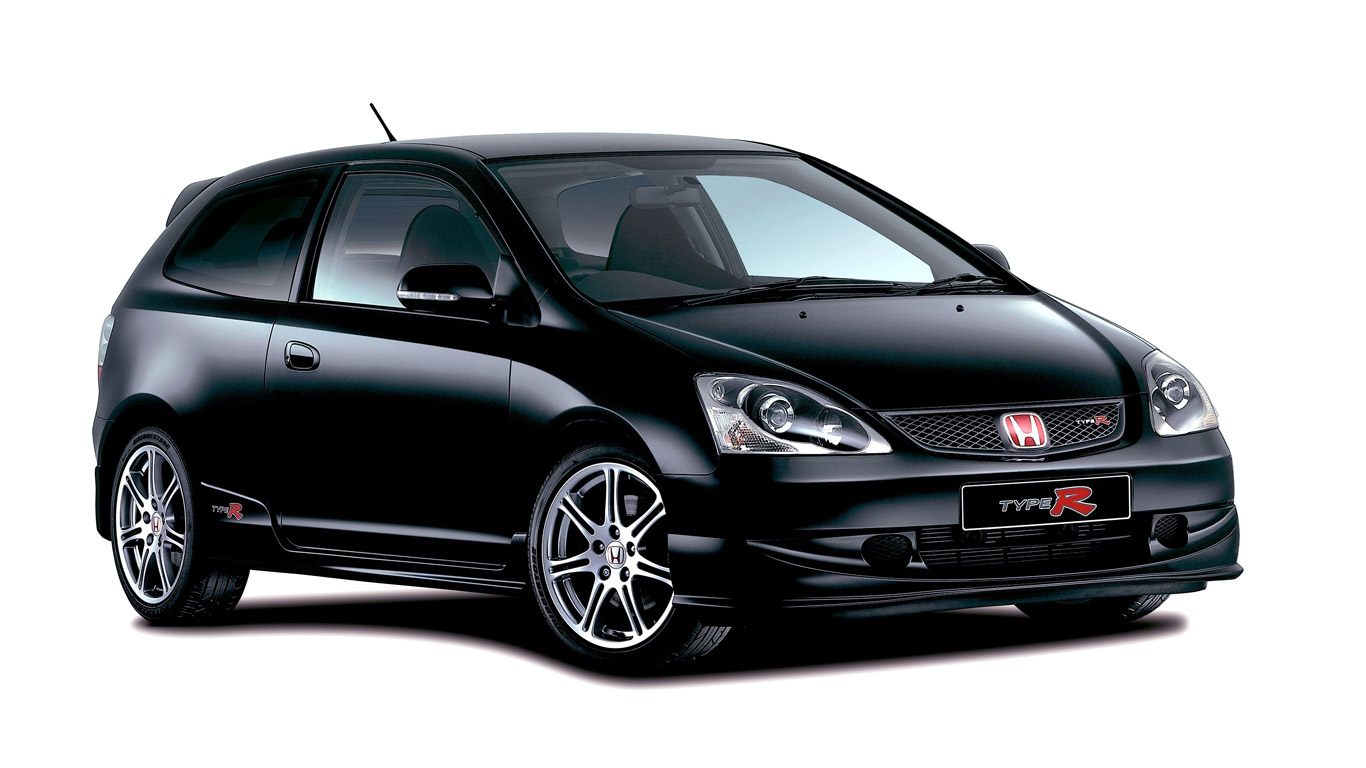
Honda Civic Type-R
© HondaThe ‘EP3’ Honda Civic Type-R of 2001 took the hot hatch back to the good old days. Without a turbocharger, the Civic Type-R needed to be revved hard in order to get the best from it, and for many people this was a wonderful thing. Honda has a habit of turning the humdrum into a hero.
-
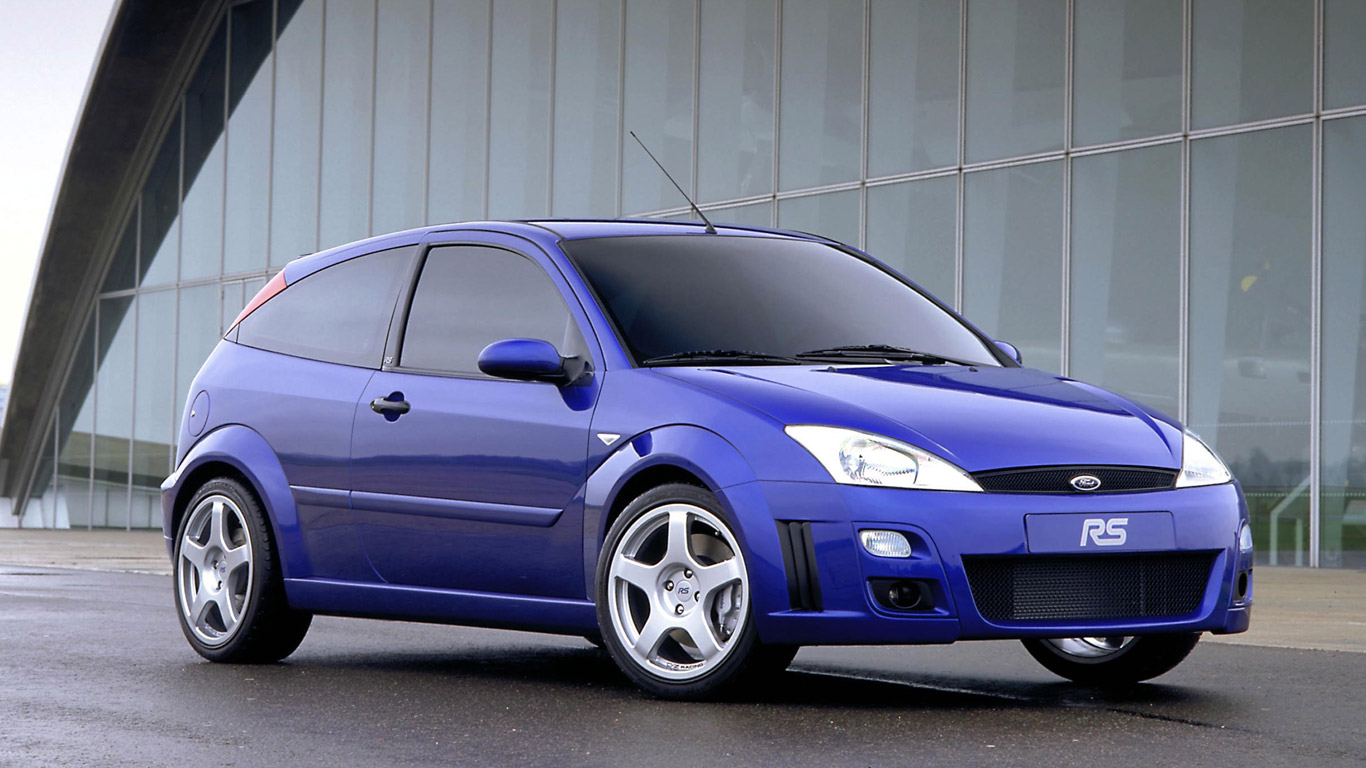
Ford Focus RS
© FordThe original Ford Focus RS was a long time coming, but has since become a cult classic. Looking back on its arrival in 2002, the £19,995 price tag seems like a bit of a bargain. The 0-62mph sprint time was polished off in 5.9 seconds and the top speed was 143mph. Its successors are both seriously fast and fun, too.
-
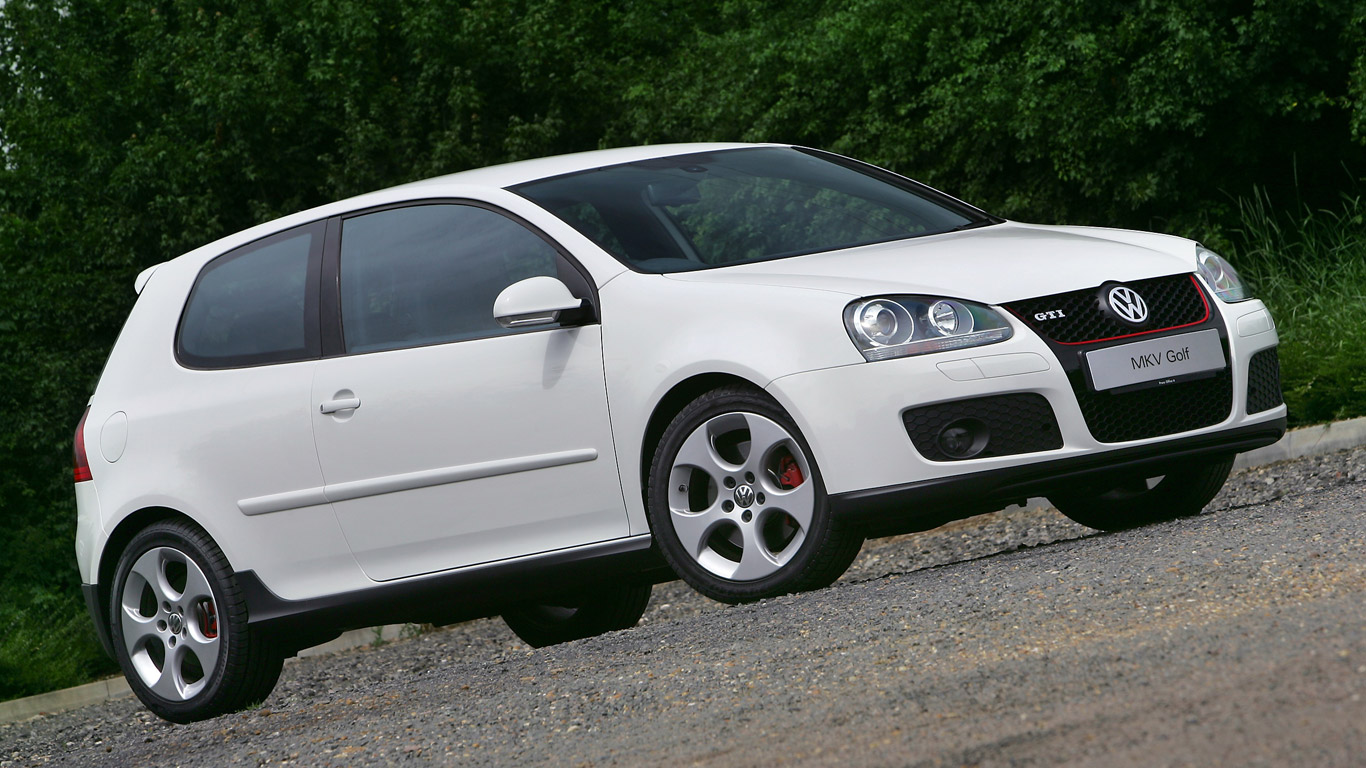
Mk5 Volkswagen Golf GTI
© VWSo we’ve skipped the Mk3 and Mk4 Golf GTIs and arrived at the Mk5. There’s a good reason for this, because here was a Golf GTI that seemed to recapture the raucous, fun-loving spirit of the original. The 2.0-litre turbocharged GTI was launched in Paris in 2004 and made the Golf credible again. It hasn’t looked back since.
-
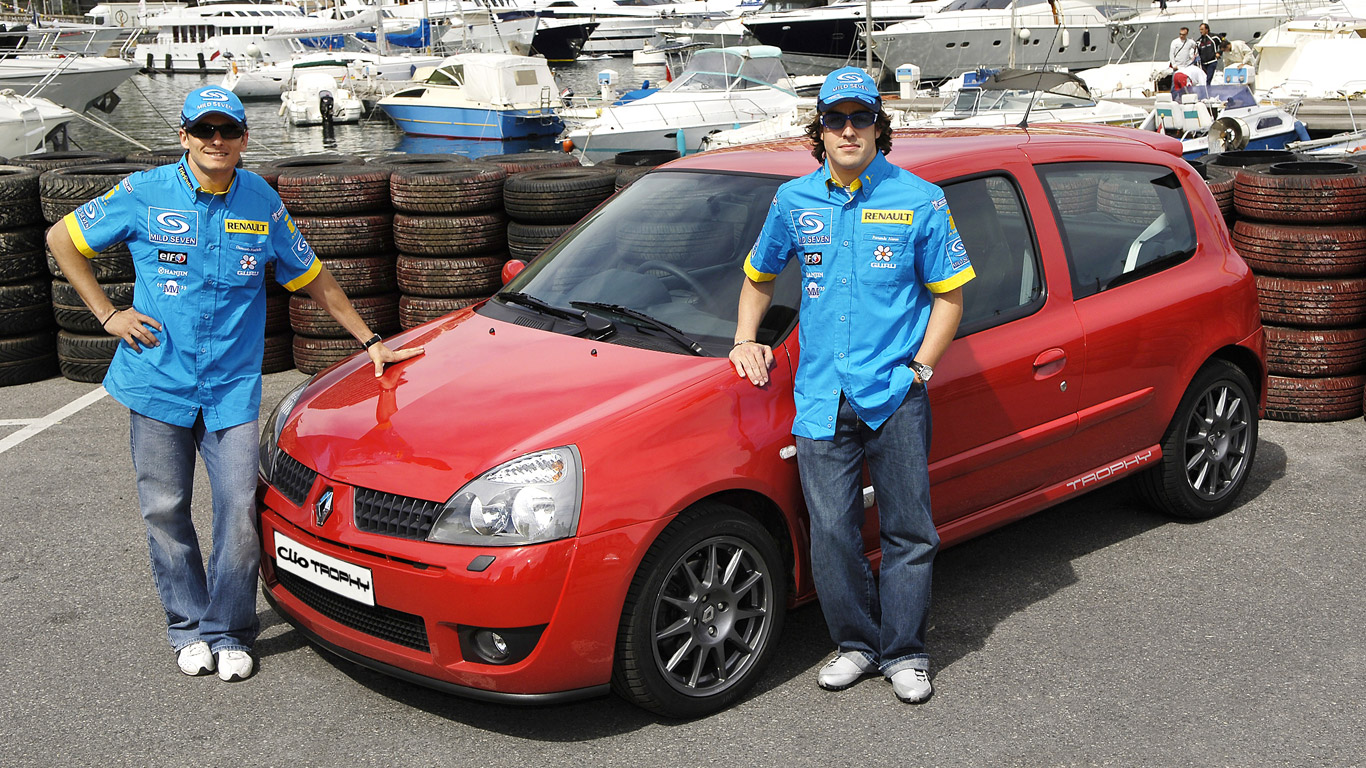
Renault Clio Renaultsport
© RenaultFrom 1998 until 2012, the Clio Renaultsport was about as good as things got in the hot hatch sector. Every subsequent variation, from the 172 through to the end-of-the line-specials such as the Silverstone GP and Raider, just seemed to get better These things were punchy, practical and simply loved being chucked along a B-road.
-
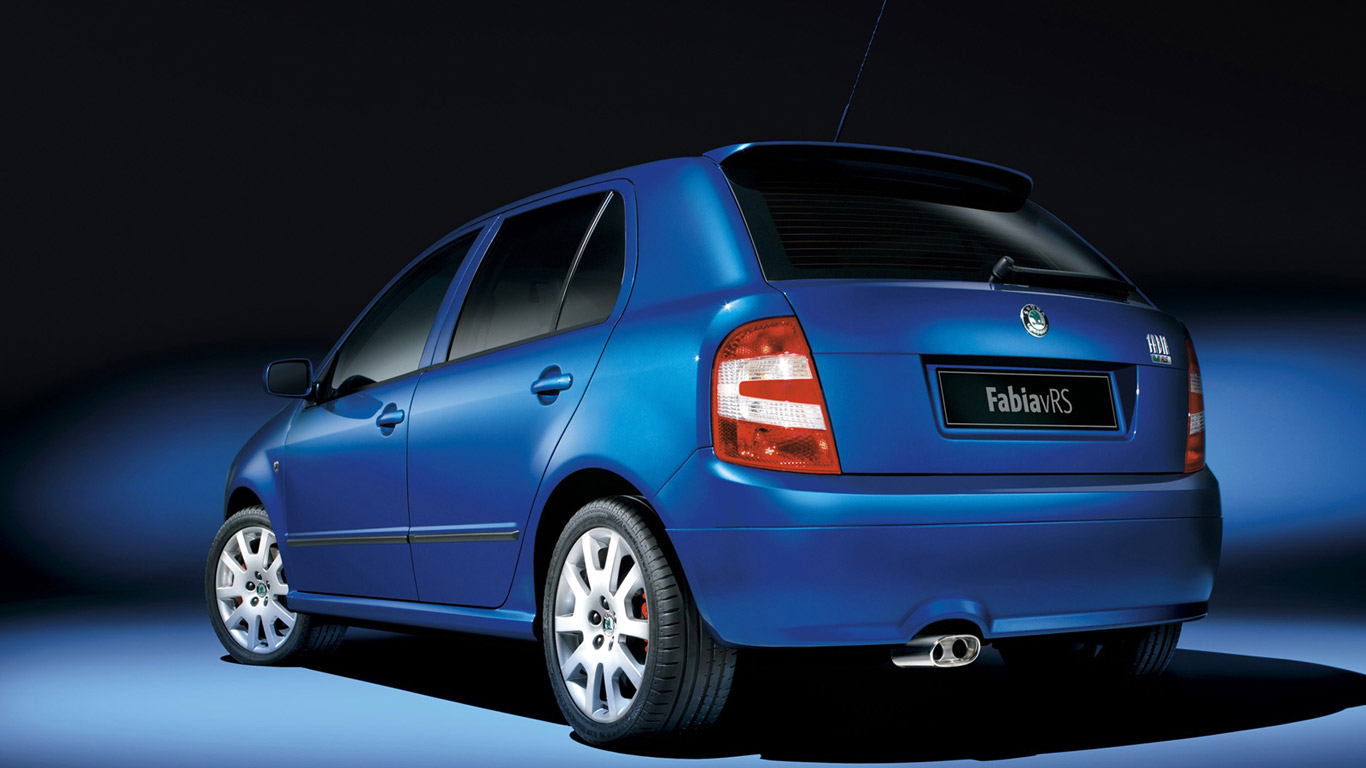
Skoda Fabia vRS
© SkodaThe Skoda Fabia vRS, introduced in 2003, did two remarkable things. Firstly, it took the idea of a diesel hot hatchback a step further than the ZX Volcane. And secondly, it brought the Skoda badge to an audience who wouldn’t otherwise have given it a second glance. Its ace card was the 228lb ft of torque, enough to help it trouble many an established sports car.
-
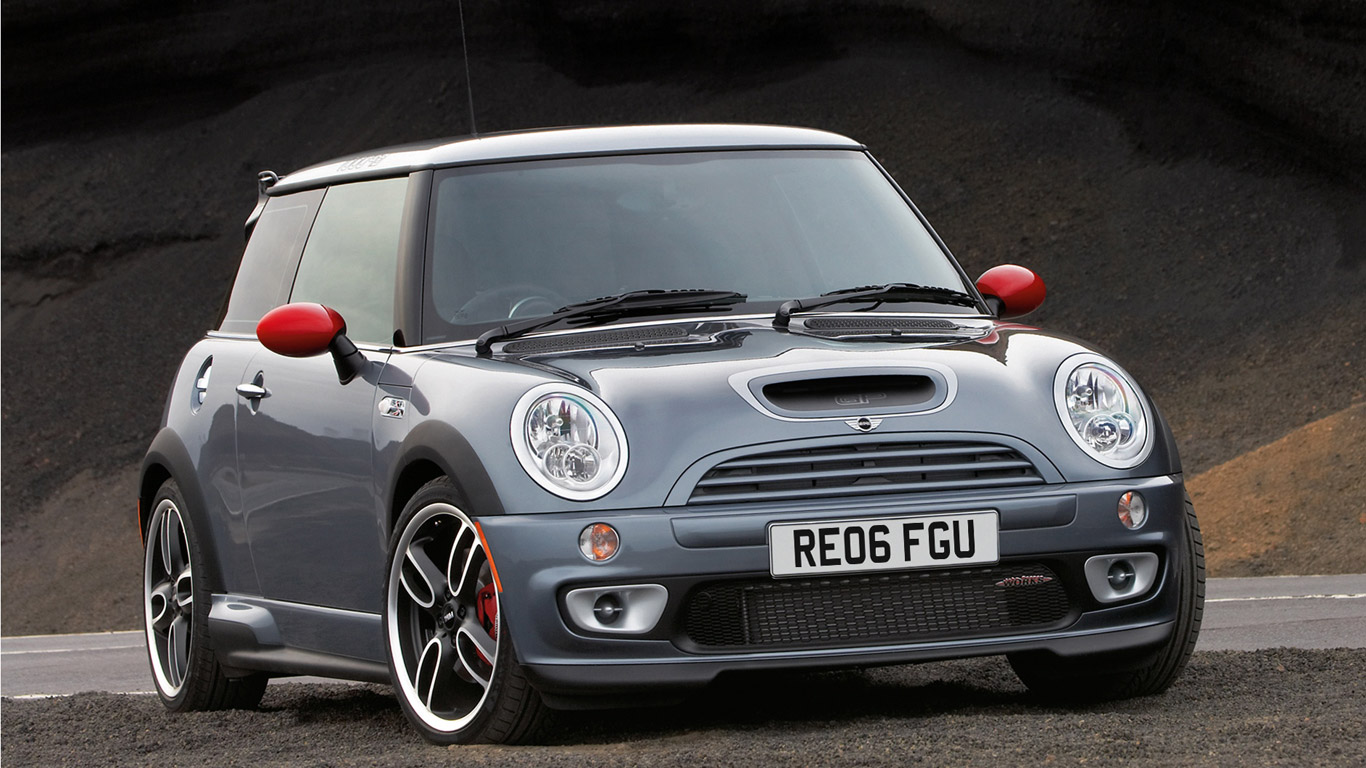
Mini Cooper S
© MiniThe original Mini Cooper was essentially a hot hatch, but without the hatchback. However, the reborn Mini of 2001 was (and still is) a hot hatch in every sense of the definition. The likes of the hardcore John Cooper Works GP special editions are properly quick.
-
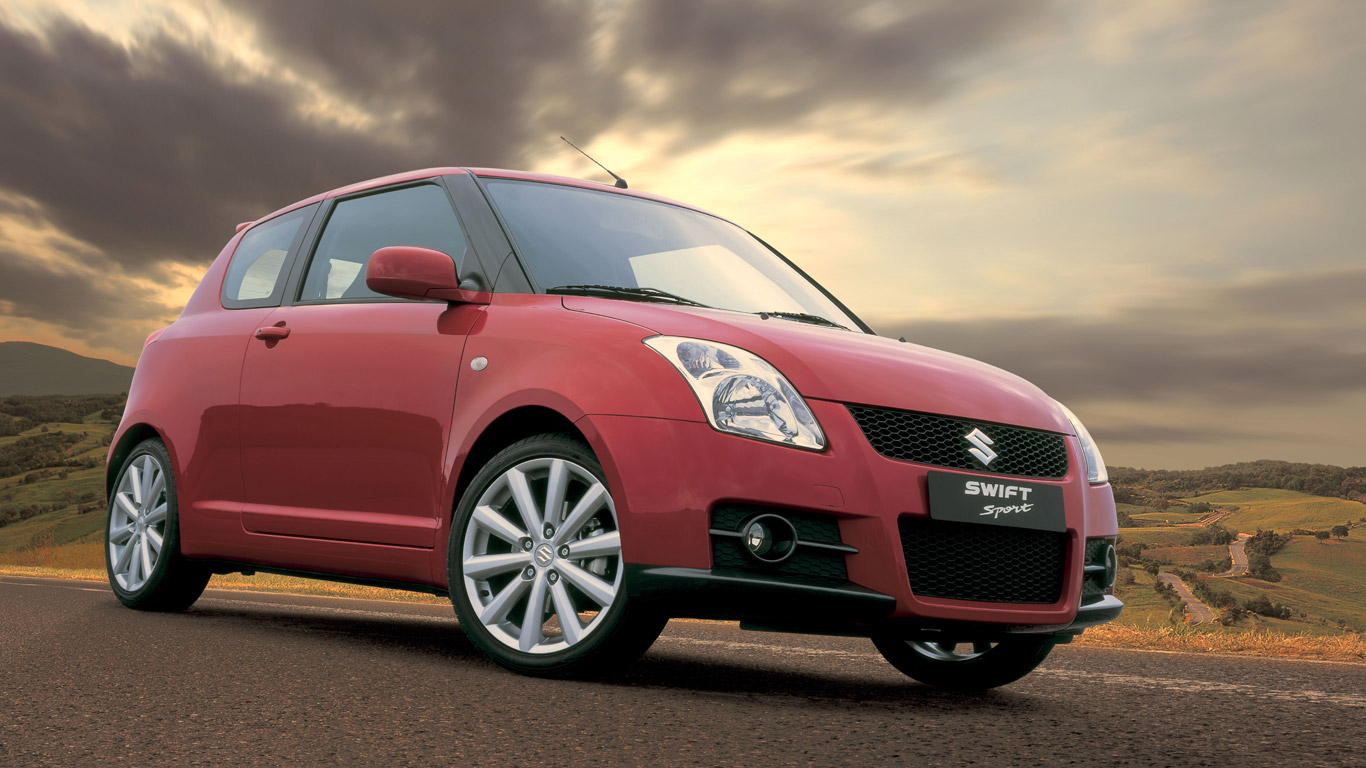
Suzuki Swift Sport
© SuzukiIn a category below the hot hatchback you’ll find the warm hatch (or maybe ‘junior hot hatch’). These cars don’t offer quite the blistering performance of their hot counterparts, but will often be cheaper to buy and run. One of the best was the original Suzuki Swift Sport. Without a turbocharger, you need to explore the upperreaches of the rev-range to get the best from it, but it rewards you with a wonderfully engaging driving experience.
-
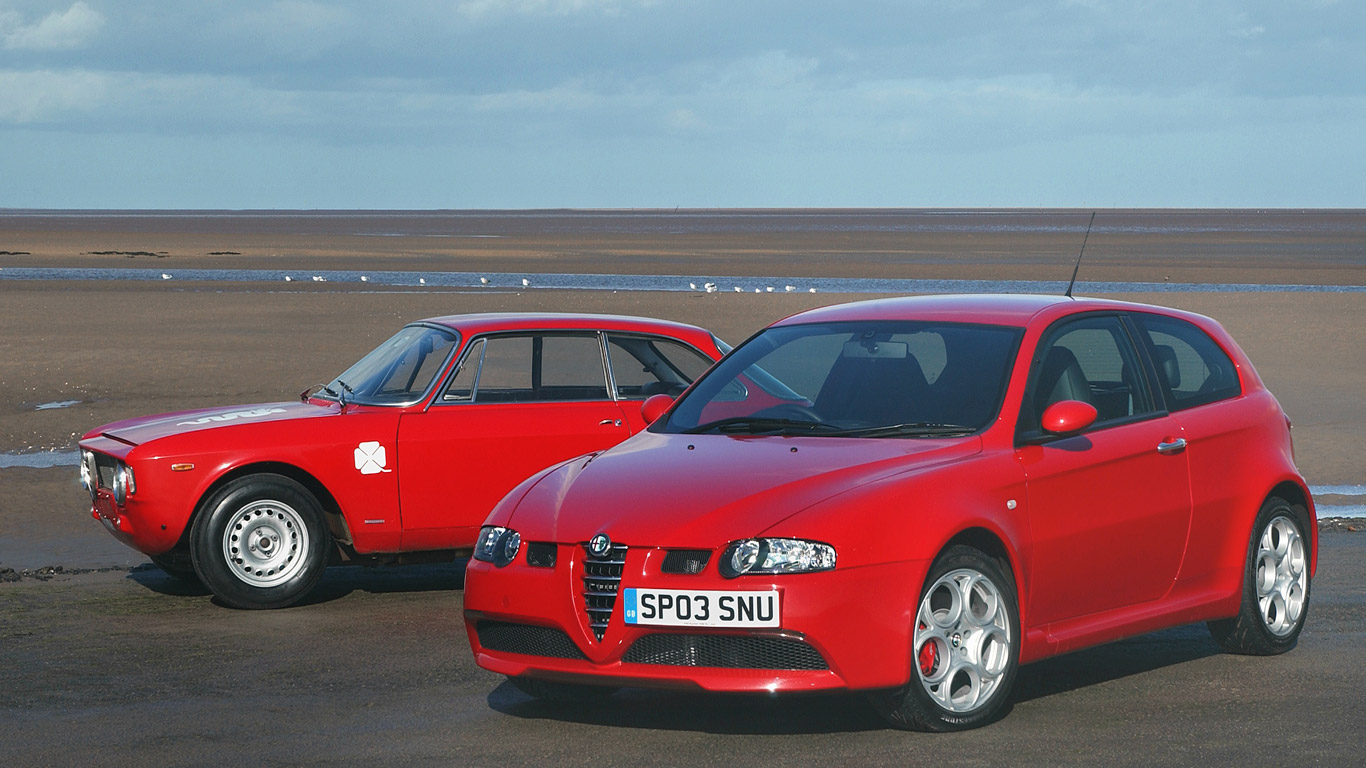
Alfa Romeo 147 GTA
© Alfa RomeoIt’s often said that you can’t consider yourself a true petrolhead until you’ve owned an Alfa Romeo, so let us leave this here for you to look at. It’s an Alfa Romeo 147 GTA, powered by a silky-smooth 3.2-litre V6 engine. Now go and check the used car prices. You can thank us later.
-
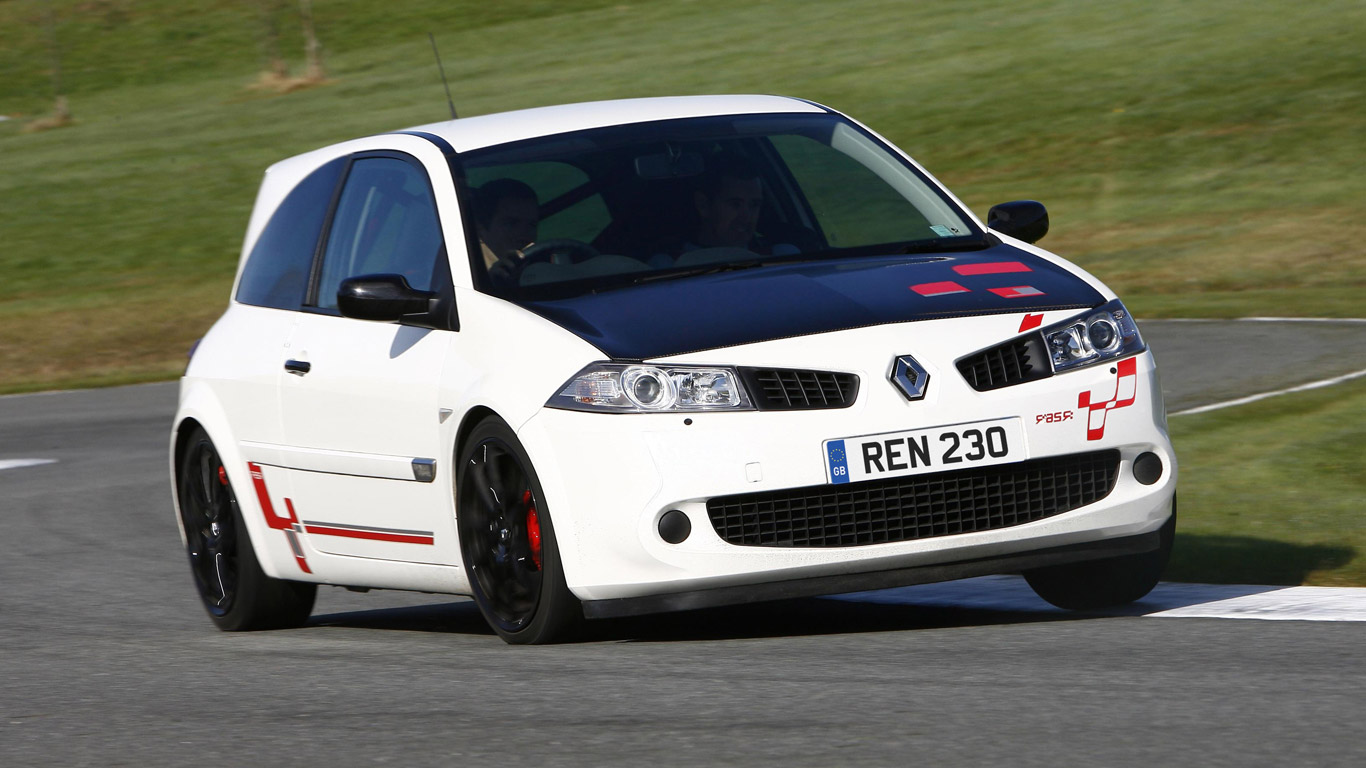
Renaultsport Megane R26.R
© RenaultIn 2008, Renaultsport delivered one of the all-time greats: the laser-focused Megane R26.R. At the time, it set the record time for a front-wheel-drive car around the Nurburgring, thanks in part to being 123kg lighter than a standard R26. It wasn’t for the faint-hearted – or those with a thing for luxuries – but as a pure driver’s car, the R26.R remains hard to beat.
-
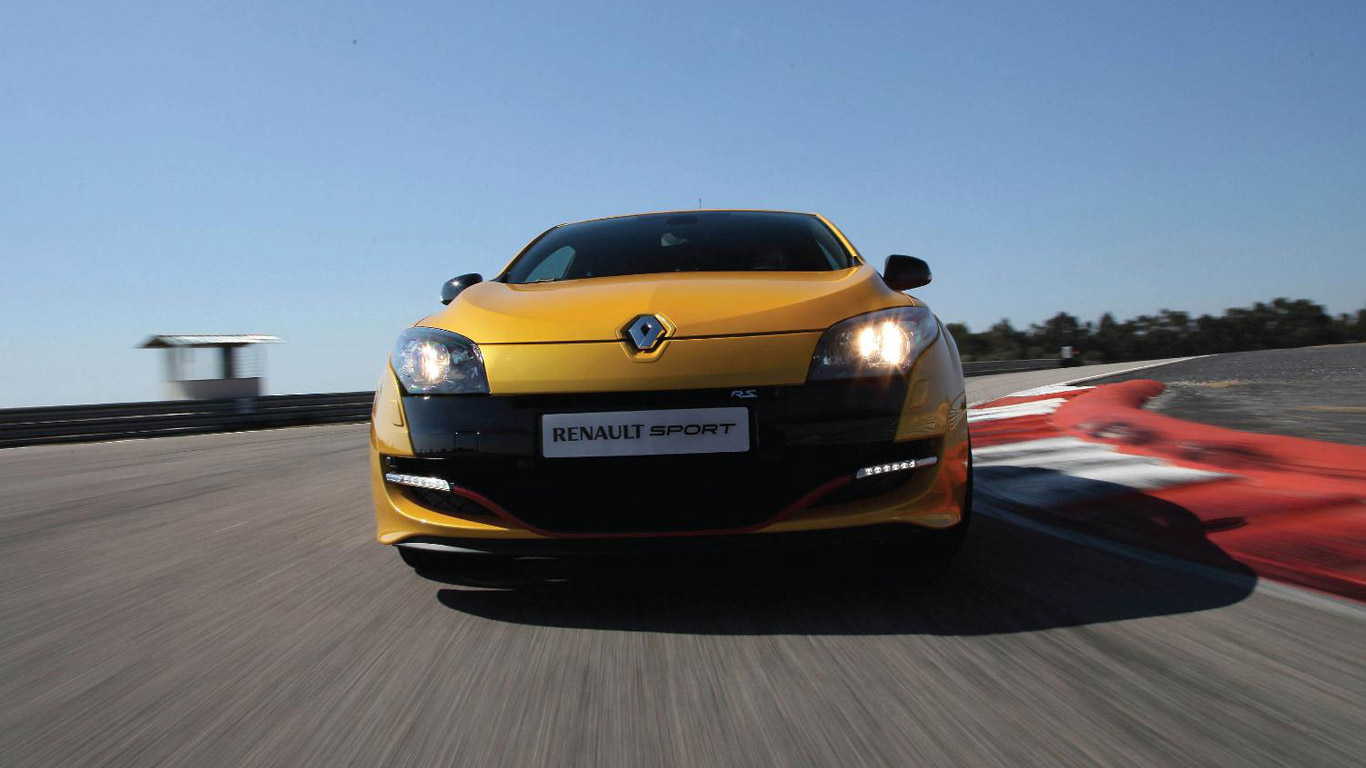
Renaultsport Megane 265 Trophy
© RenaultIt also started a trend for lap records around the Nurburgring circuit. In 2013, the Renaultsport Megane 265 Trophy completed a lap in 8min 7.97secs, quicker than the 8.16.09 of the R26.R. All of a sudden, carmakers thought a ’Ring time was a surefire way to sales success.
-
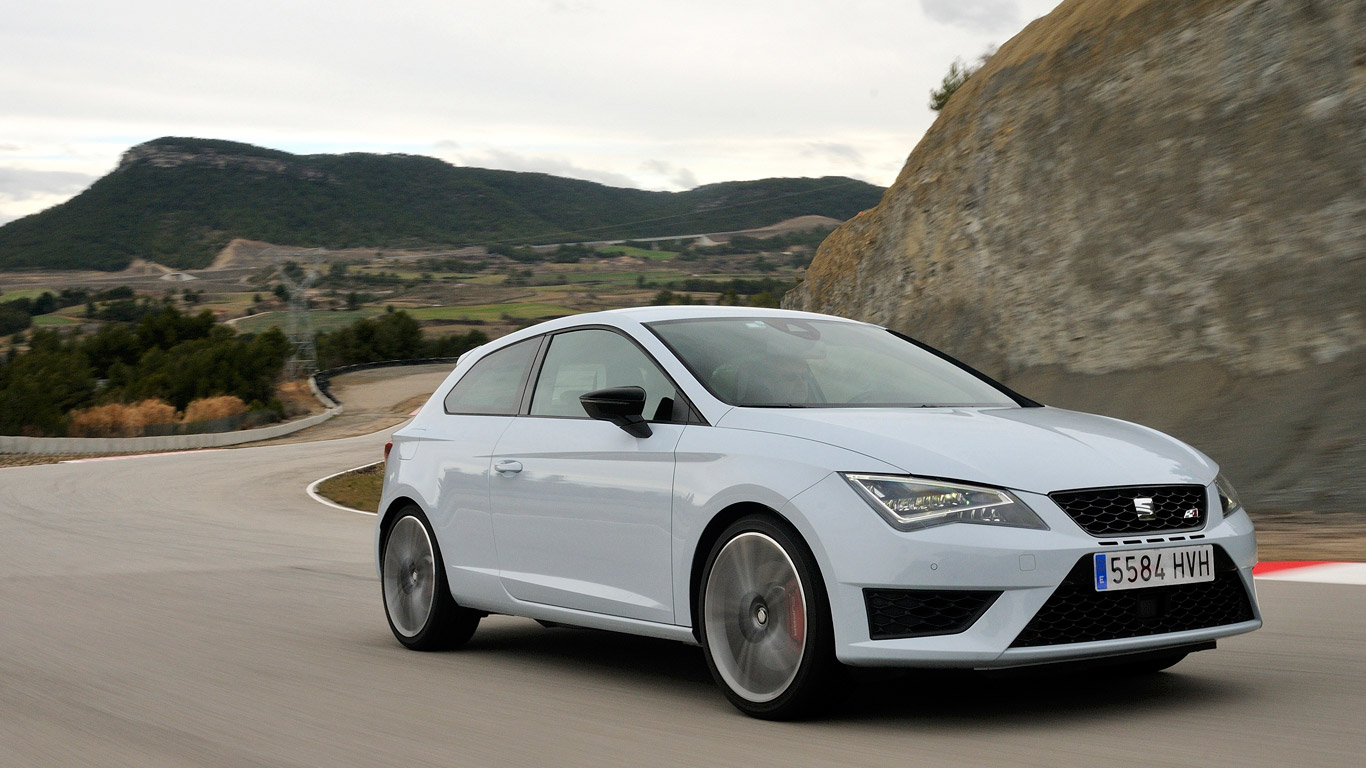
Seat Leon Cupra 280
© SeatStep forward Seat, which made a massive fuss about the Leon Cupra 280 smashing the record and completing a lap in under eight minutes. Its 7min 58.44sec time was eventually beaten by Honda, but the Cupra 280 placed the Spanish brand among the hot hatch greats.
-
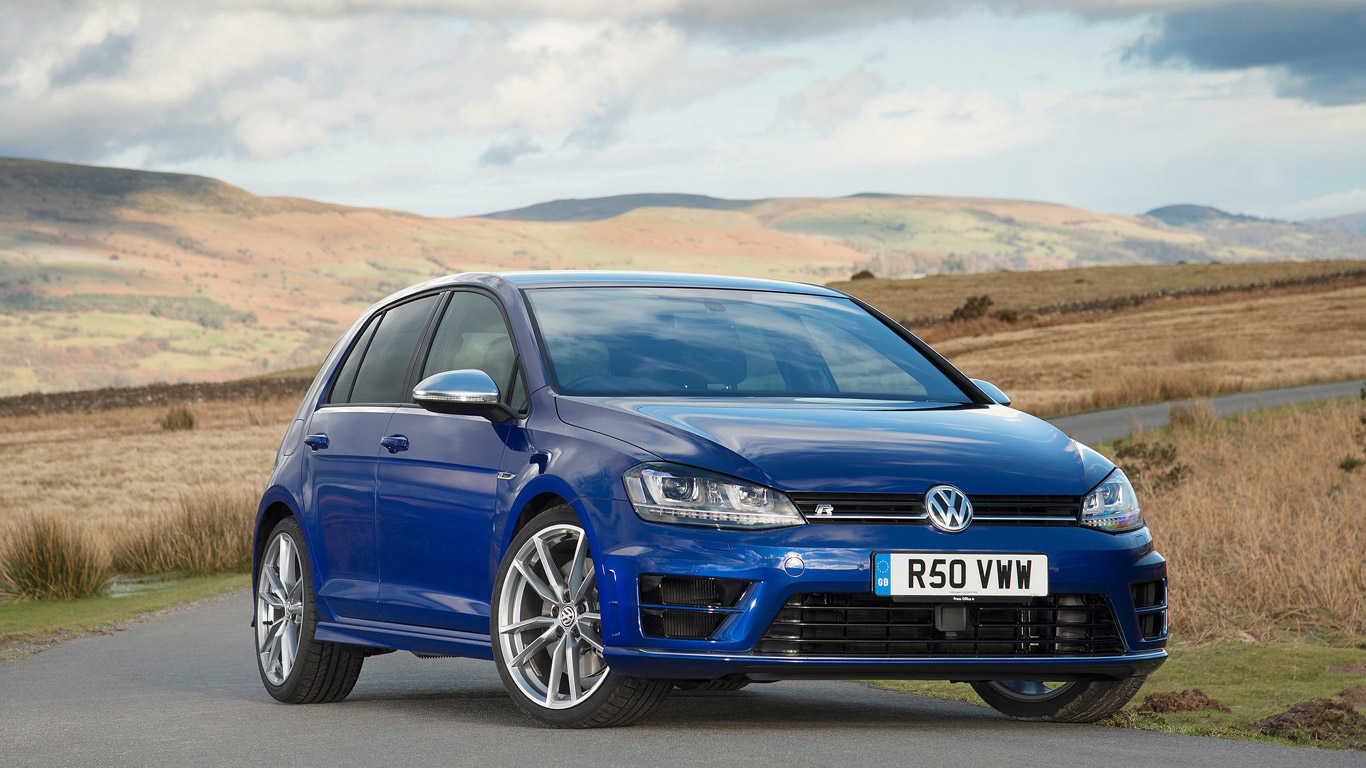
Volkswagen Golf R
© VWFor hot hatchbacks with a roadgoing focus – rather than track-day tearaways – the Volkswagen Golf R is arguably now the benchmark to beat. With around 300hp and four-wheel drive, it has even eclipsed the legendary GTI. We reckon this previous Mk7 Golf R is one of the high-points for the hot hatch.
-
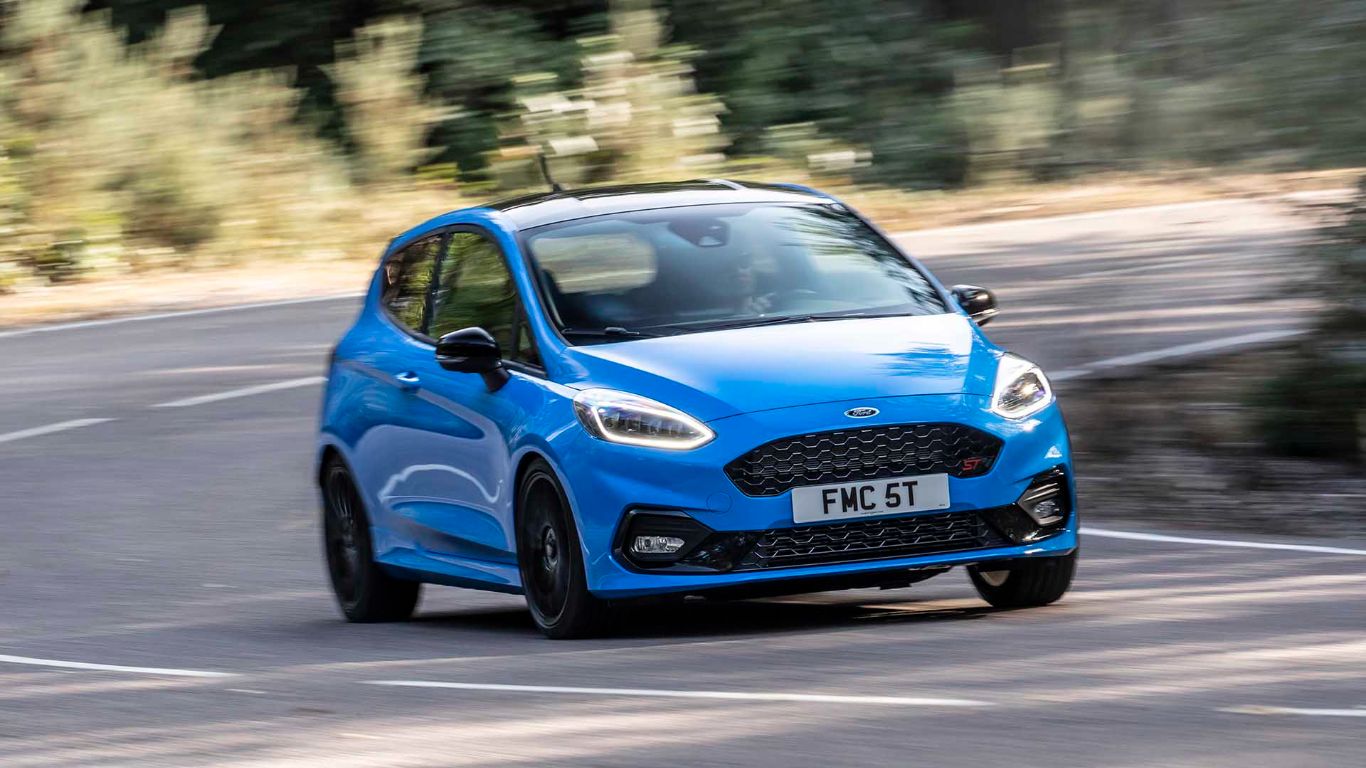
Ford Fiesta ST
© FordLikewise the brilliant Ford Fiesta ST, which we suspect will, in time, become just as revered as the 205 GTI. Perfect control weights, a peppy engine and a ravenous appetite for corners make it almost impossible to drive one without smiling. Where do we sign?
-
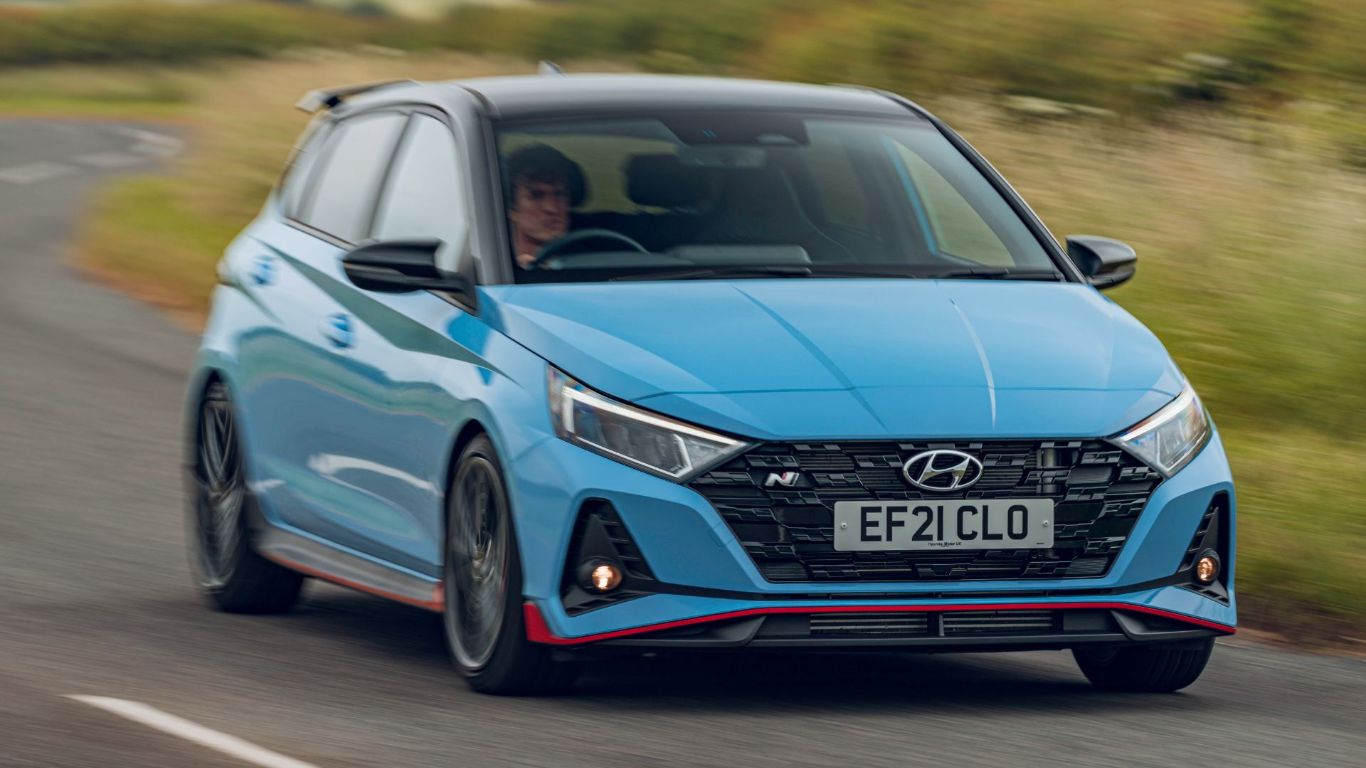
Hyundai i20 N
© HyundaiHang on a minute, though. The Fiesta now has a real rival in the Hyundai i20 N – a hot hatchback from South Korea. Comparing the two, our Tim Pitt said: ‘It’s a close call, but I’m giving the Hyundai the win. Long live the compact hot hatch king.’ Still, there are no losers here.
-
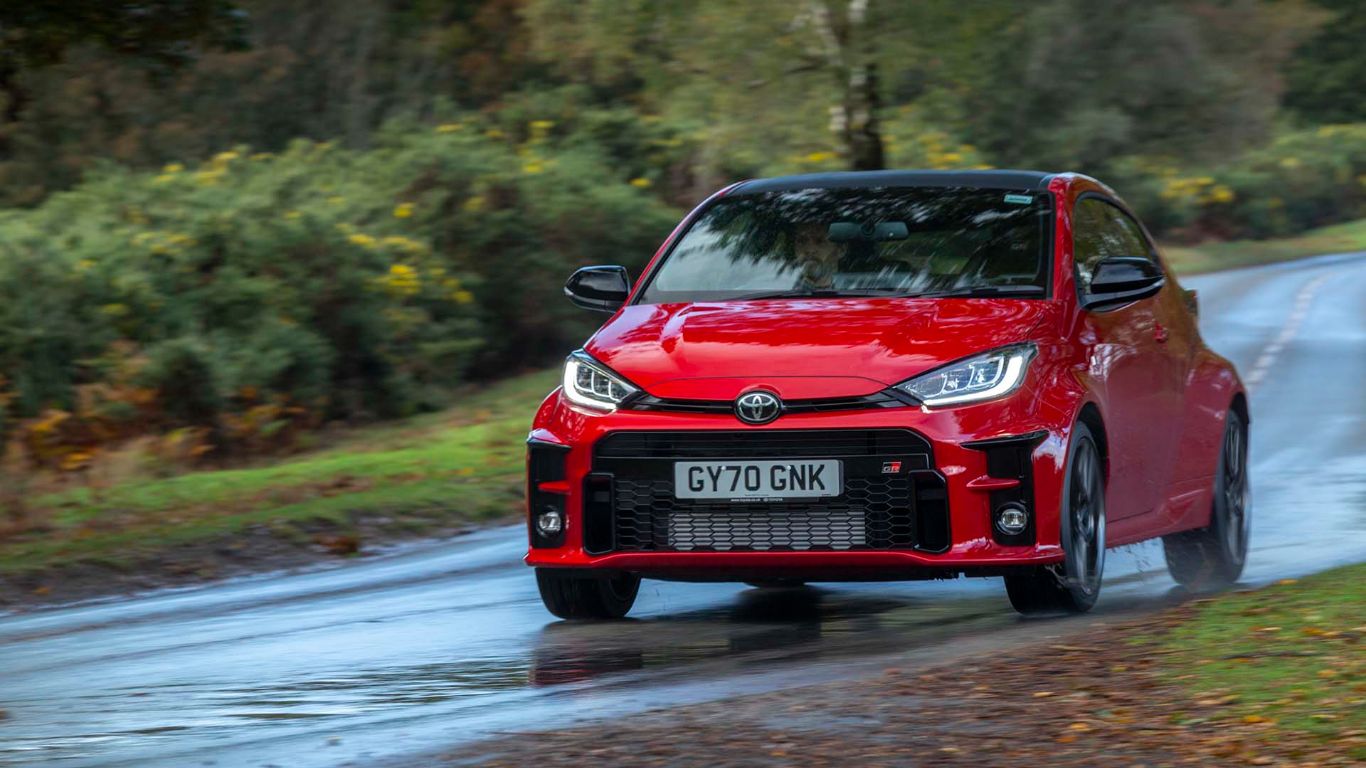
Toyota GR Yaris
© ToyotaA rally car for the road – and another modern classic – the Toyota GR Yaris takes the compact hot hatch to intoxicating new heights. Its 1.6-litre turbocharged engine serves up 261hp, while the optional Circuit Pack adds a Torsen mechanical limited-slip differential to each axle. Very few cars are quicker cross-country…
-
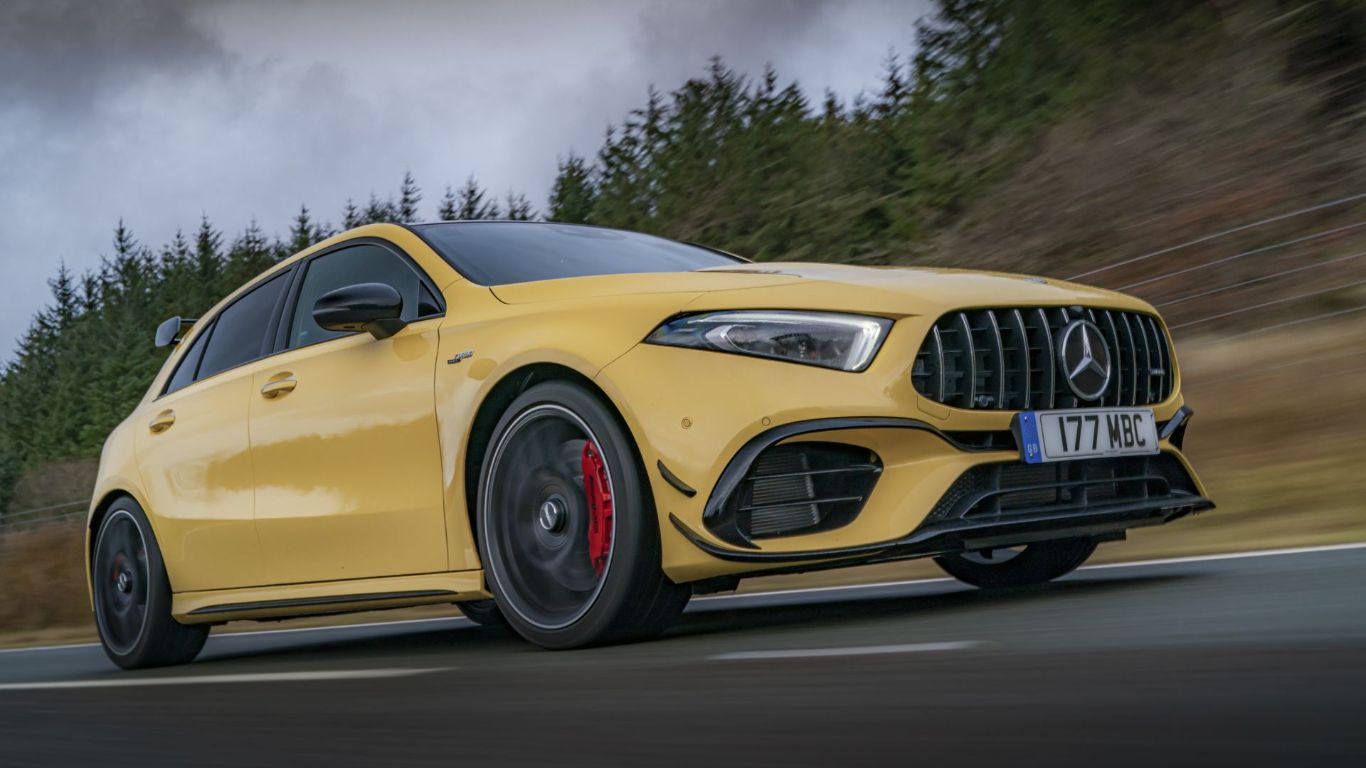
Mercedes-AMG A45 S
© Mercedes-BenzExcept perhaps this one. The Porsche-bothering A45 S is the most powerful hot hatchback currently on sale. With 421 rampaging horses and limpet-like 4WD traction, it blasts to 62mph in 3.9 seconds. That’s faster than a Ferrari F40.
-
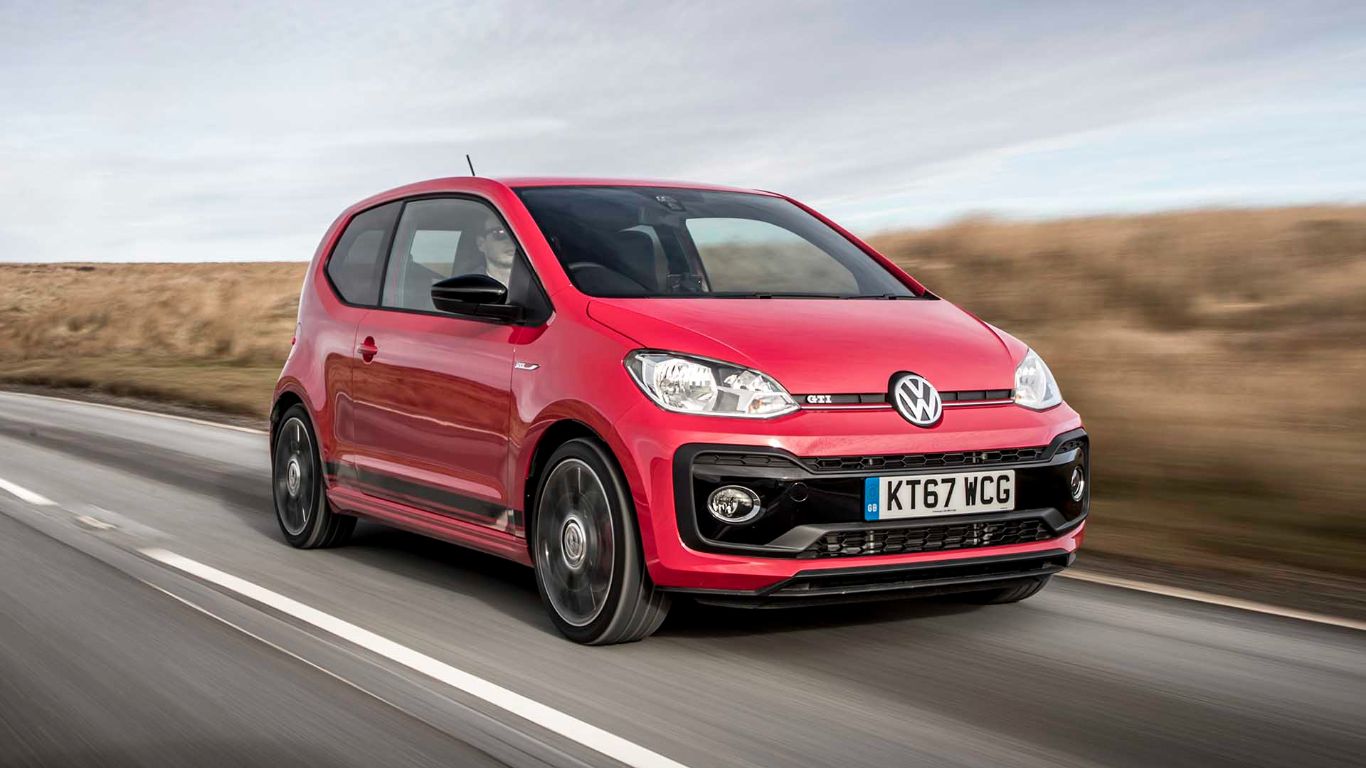
Volkswagen Up GTI
© VWLet’s not get carried away, though. The Volkswagen Up GTI is proof that you don’t need startling performance to have fun. Its 115hp output and 1,070kg kerb weight are similar to a Mk1 Golf GTI, bringing us almost full-circle. Now let’s look at a few of the hot hatchbacks that got away.
-
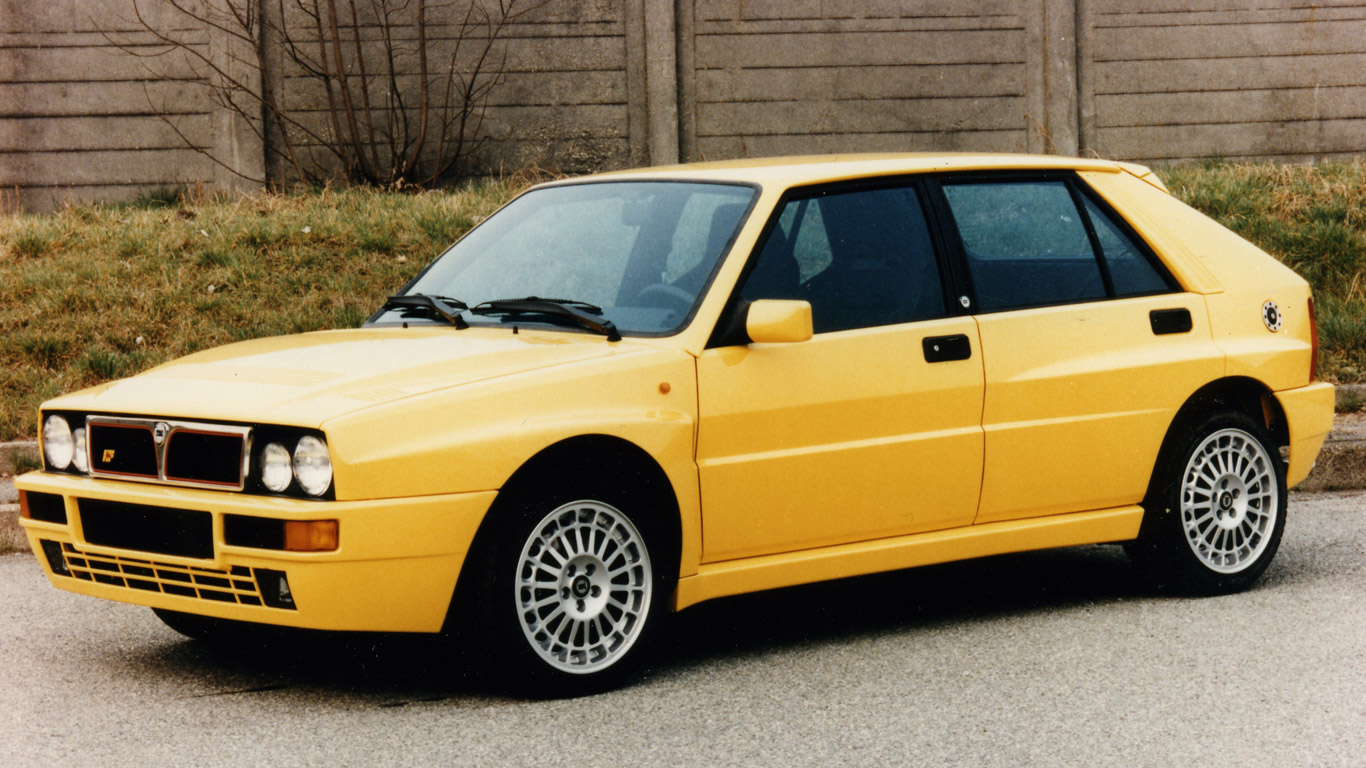
Honourable mention: Lancia Delta Integrale
© LanciaWe question the Lancia Delta Integrale’s inclusion in the hot hatch category. Surely its rally-bred heritage and iconic status elevate it to a higher position? It’s more of a performance legend, we think, albeit definitely a hatchback.
-
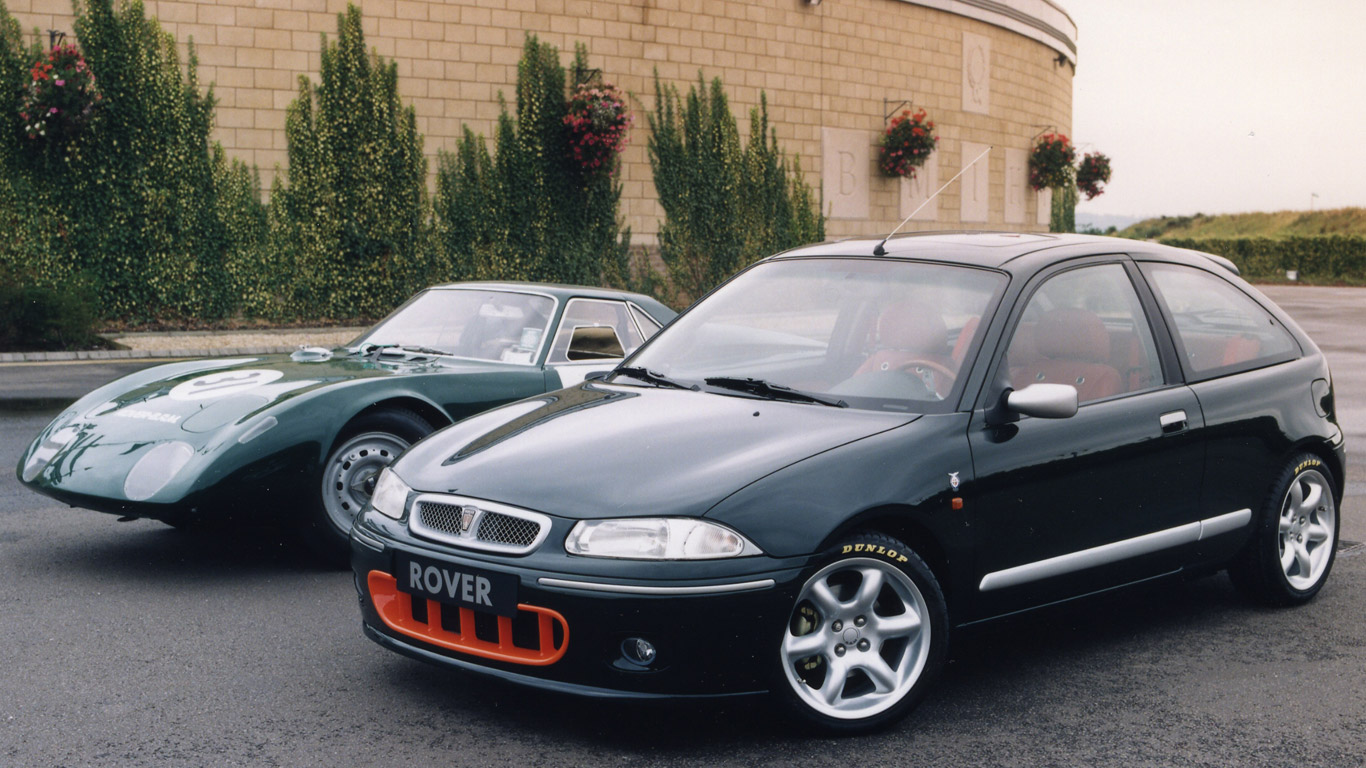
Honourable mention: Rover 200 BRM
© RoverCan we mention the Rover 200 BRM? Often unfairly overlooked because of its questionable styling details (a bright orange grille and quilted red leather, anyone?) the 200 BRM is a very British hot hatch. Not convinced? OK, we’ll move on.
-
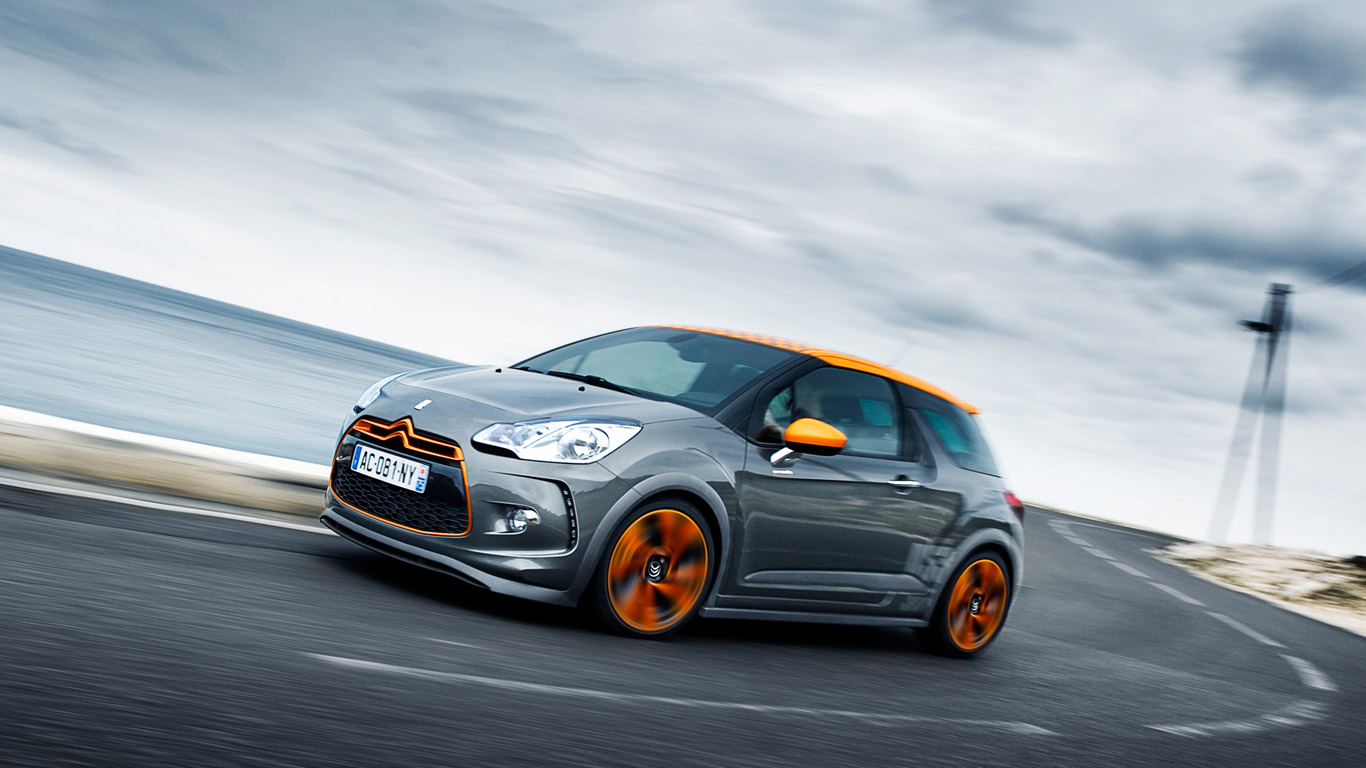
Honourable mention: Citroen DS3 Racing
© CitroenThe Citroen DS3 Racing of 2011 also felt like a return to the good old days of hot hatches. Take one perfectly good car in the DS3, make it faster and retain all the nice bits in the cabin. We’d pass on the orange alloy wheels, though.
-
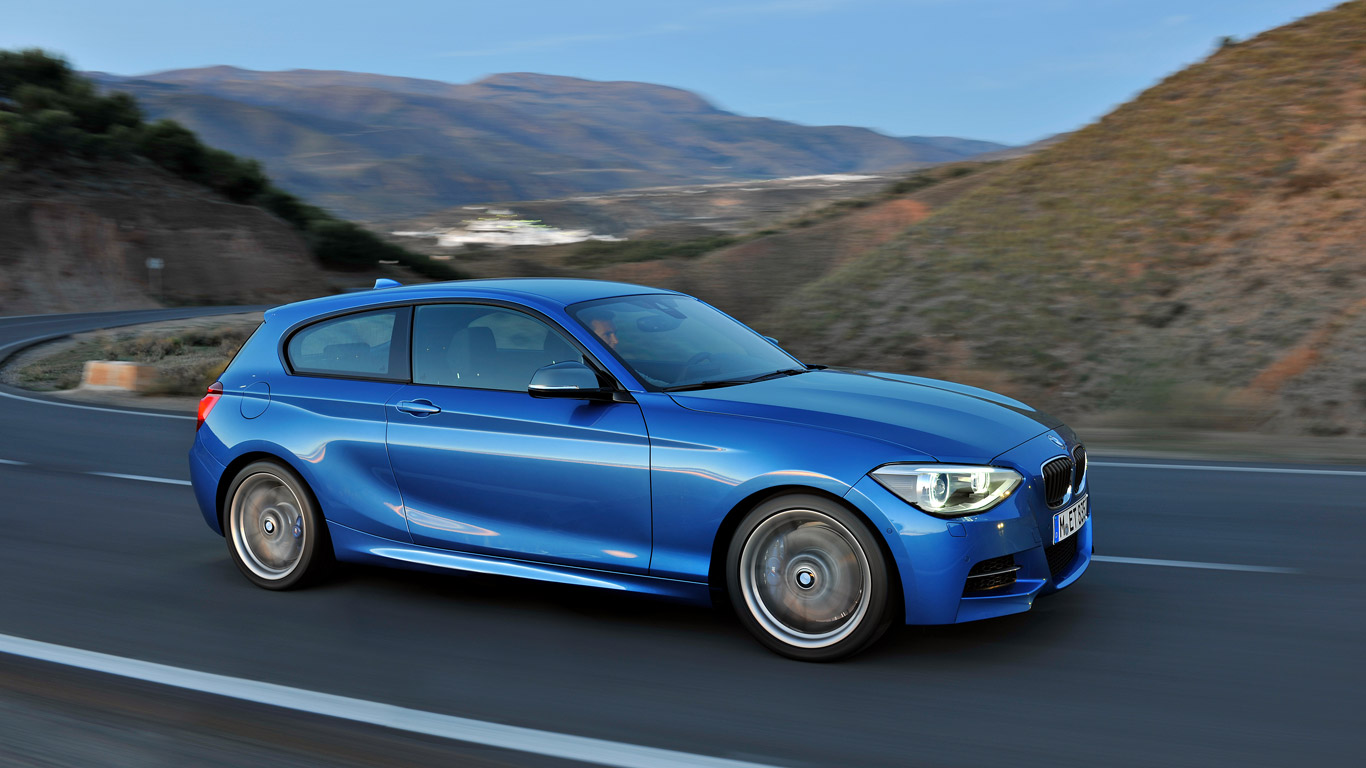
Honourable mention: BMW M135i
© BMWBMW has built some great hot hatchbacks in recent years, even if they don’t fit with our definition of being front-wheel drive. Using a six-cylinder engine and sending power to the rear wheels gave the M135i and later M140i a sporty character all of their own.
-
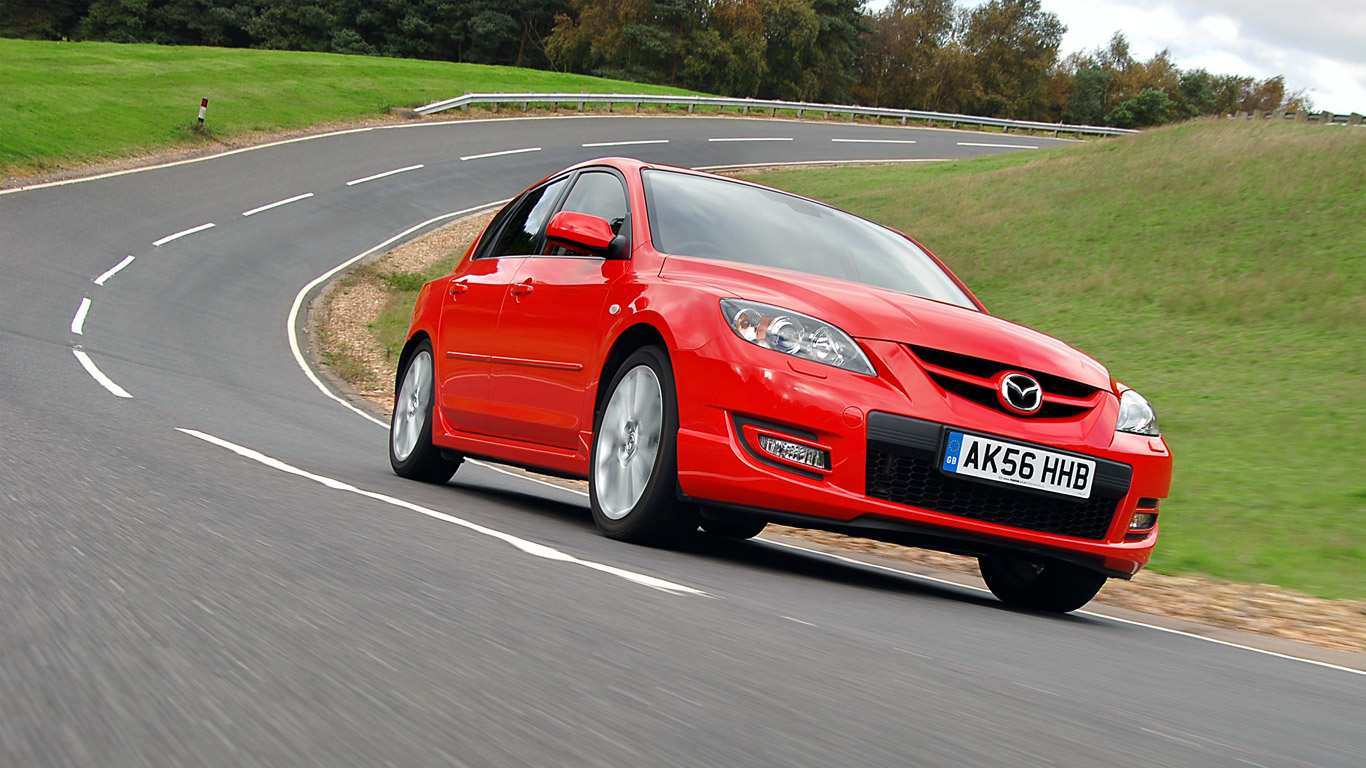
Honourable mention: Mazda 3 MPS
© MazdaOccasionally it’s worth venturing outside of the class leaders and poster boys of the segment to dig a little deeper. If you do, you’ll chance upon cars like the Mazda 3 MPS. You won’t know to look at it, but underneath the dull exterior lies a firecracker of a car. The Ford Focus platform ensures it’ll drive well, but the 260hp 2.3-litre turbocharged engine helps the MPS sprint to 62mph in less than six seconds.
-
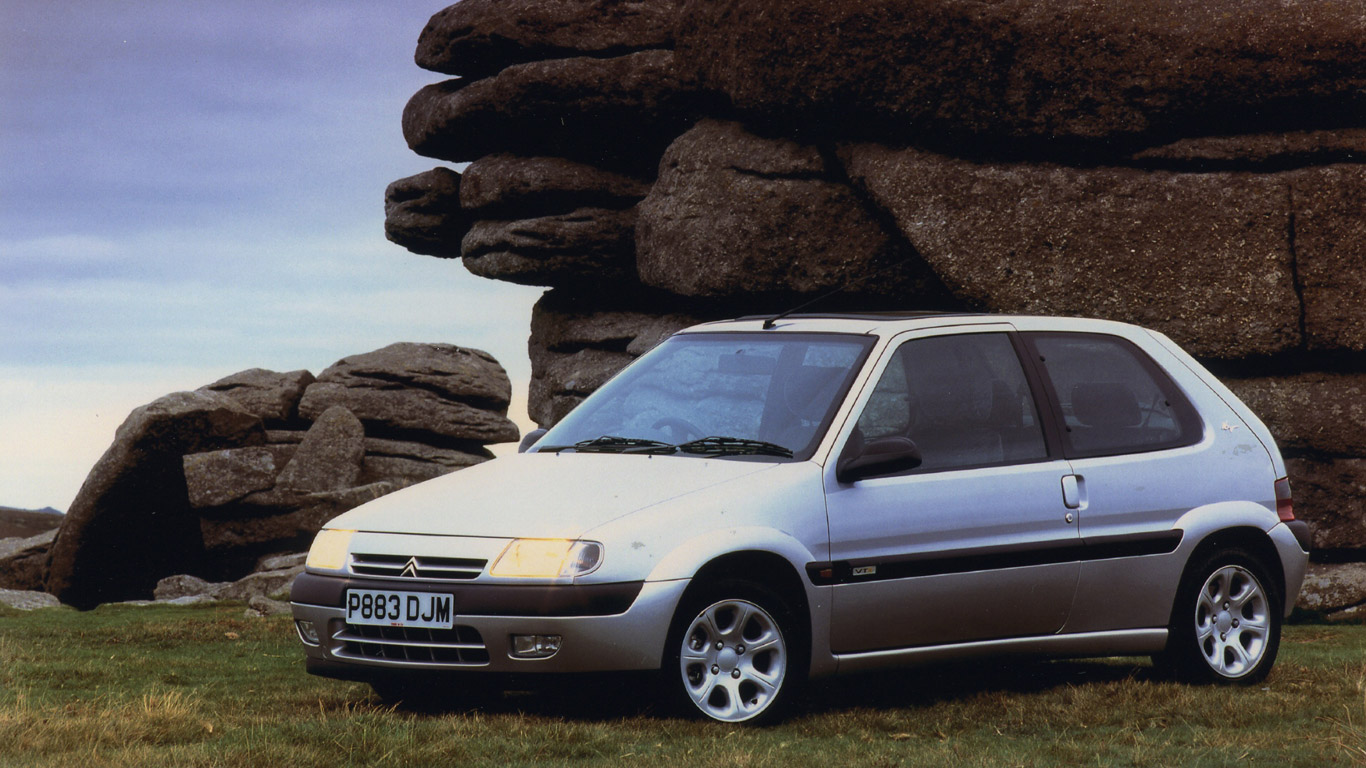
Honourable mention: Citroen Saxo VTS
© CitroenBefore they become extinct, you should also look at the Citroen Saxo VTS. In its day – before the dominance of Renaultsport – this was the best pocket hot hatchback you could buy. The image problems of yesteryear are long forgotten, so grab one before it’s too late.
-
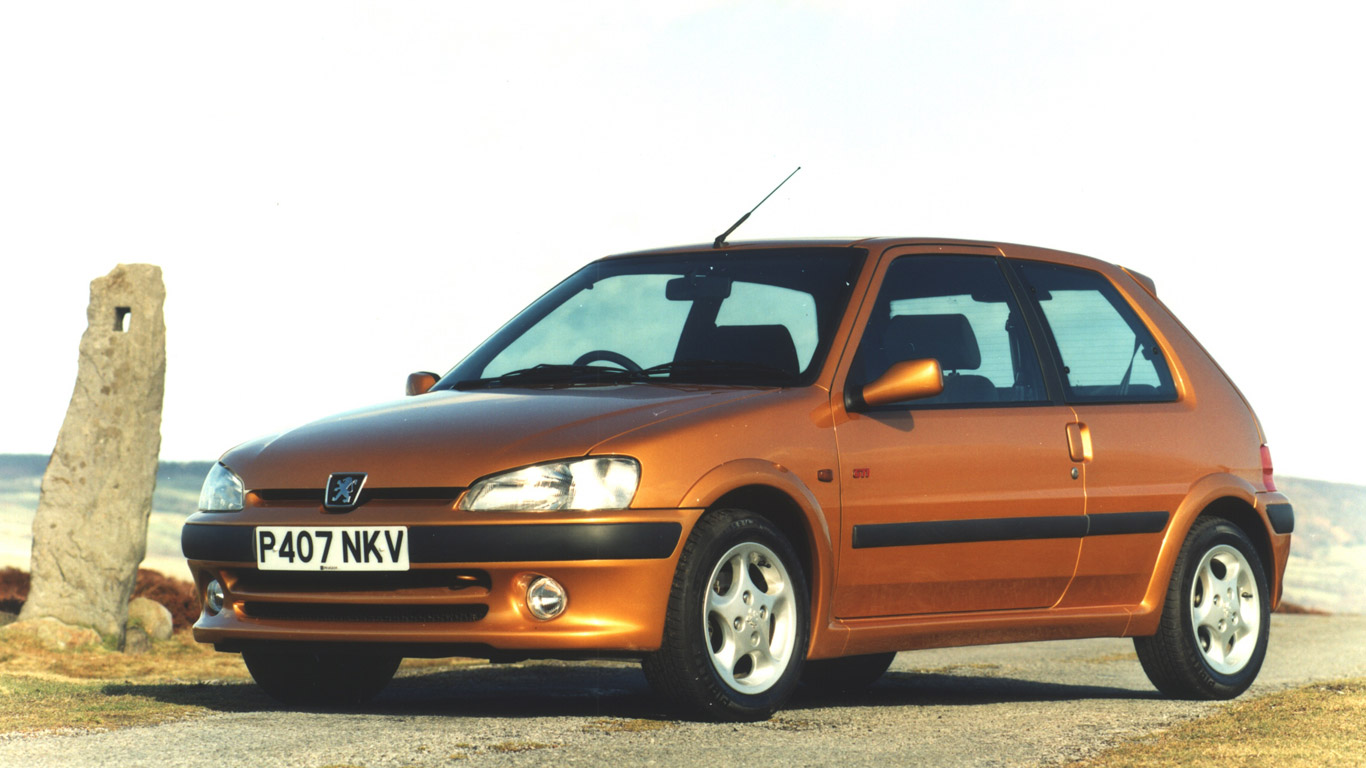
Honourable mention: Peugeot 106 GTI
© PeugeotAlternatively, if the Citroen badge isn’t your thing, you can go for its sibling, the Peugeot 106 GTi. Both are a riot to drive.
-
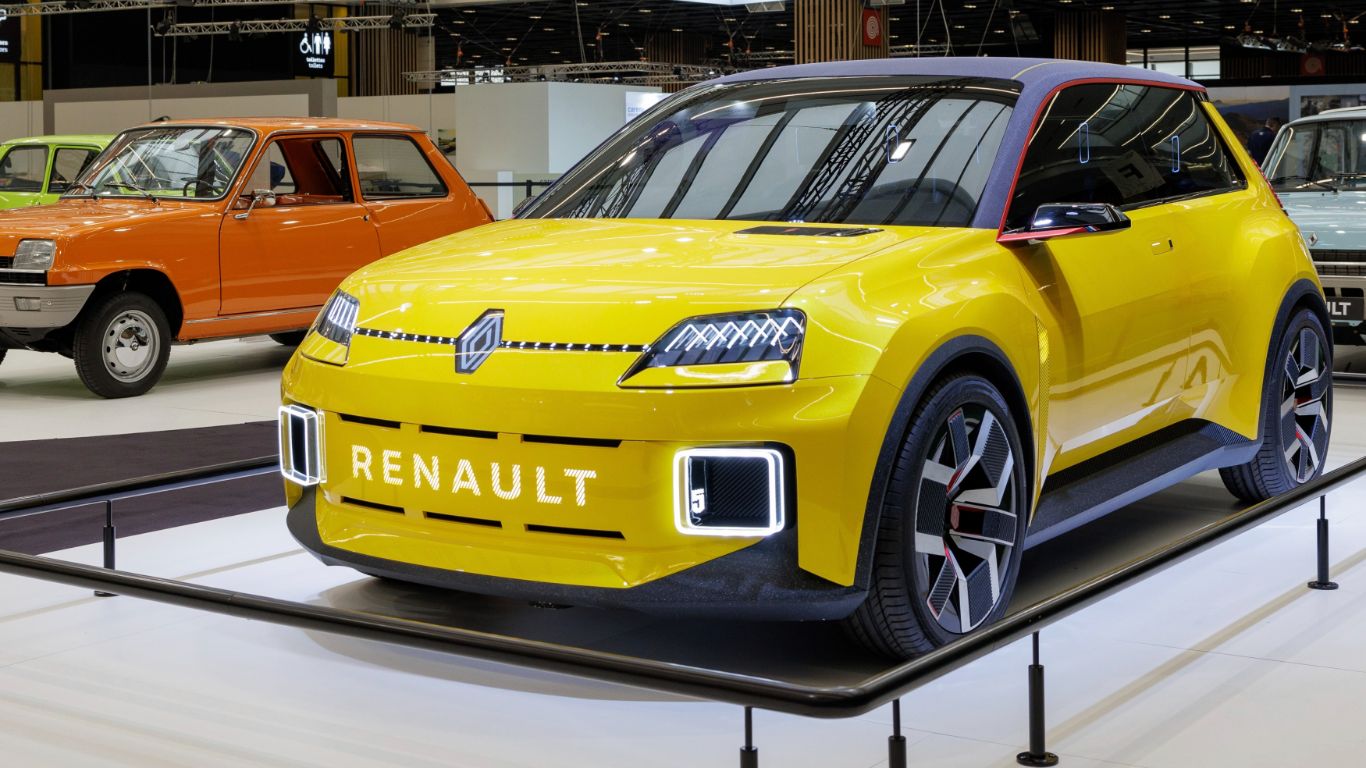
Future of the hot hatchback
© RenaultAs we approach 2030 and the forthcoming ban on combustion engines, it will be fascinating to see where the hot hatchback goes next. Will we see a fully electric hot hatch? Let’s hope so. If Renault builds a ‘GT Turbo’ version of its forthcoming 5 Electric, we’ll be first in the queue. In the meantime, we’re off to hunt down a Daihatsu Cuore Avanzato TR-XX R4. Wish us luck…
The heated history of the hot hatch
A hot hatchback is the sports car you can drive every day: a perfect combination of performance and practicality. We tell its story.
Home The heated history of the hot hatch
News
Time-capsule 1989 RUF CTR Yellowbird heads to auction
One of only six cars built in lightweight specification, this iconic RUF CTR 'Yellowbird' could reach almost £5 million at Amelia Island.
Renault takes Ferrari-style approach to preserving classic cars
The Originals will help owners to restore and maintain their classic Renault cars, including a network of officially certified garages.
For sale: Mercedes-Benz 560 SEC with TWO celebrity owners
First owned by Nigel Mansell and then by Brian Sewell, this classic coupe was later displayed at Mercedes-Benz World in Surrey.
Features
BMW Garmisch: the reborn Gandini concept that predicted the future
Marcello Gandini's 1970 Garmisch concept seemed to be lost forever. Until BMW decided to recreate it in 2019...
BMW 8 Series: the story of the soft-focus supercar
The BMW 8 Series is 30 years old in 2020. We look back at three decades of this glamorous super-GT
The greatest second-generation cars
These cars struck it lucky the second time around, including Mk2 versions of the Ford Escort, Toyota Prius and Porsche Boxster
Reviews
1990 Vauxhall Nova review: Retro Road Test
We time-travel back to 1990 with a basic Vauxhall Nova 1.2 Merit. How does it drive and what should you know about buying one?
1992 Porsche 964 Carrera RS review: Retro Road Test
The 964 Carrera RS was the first Porsche 911 with ‘RS’ on its rump since the legendary Carrera 2.7 RS of 1973. We drive it.
2004 Skoda Octavia vRS review: Retro Road Test
The original Mk1 Skoda Octavia vRS beat the Golf GTI at its own game, offering greater practicality and better value for money.
